Napoleon Bonaparte Called, He Wants His Coat Back
The military jacket has returned — but not the one you might think
Early voting for the New York City mayoral election has begun. I love this city so much — a city made great by immigrants, working families, and the queer community. I hope you’ll join me in voting for Zohran Mamdani again. Find your local poll site here.
Hello! This week I wore my first puffer jacket of the season for a crisp morning walk around the block (very sad) and ate a farmers market apple cider donut dunked in a steaming cup of its namesake beverage (very happy). The ups and downs are what makes life worth living.
Today we’re talking military jackets — but not the style that first pops into my head when I hear those words. Not the green khaki cotton-poly blend I bought at Old Navy in 2014 and wore to threads with skinny jeans and purple liquid lipstick. We’re talking something with a bit more pomp: the hussar jacket.
A jacket with a long history echoing guerrilla warfare and rock star debauchery in equal parts. This season, it’s making a triumphant return to the main stage.
I’ve been watching closely as this jacket has infiltrated the runways, the cover of Vogue, hot magazine spreads, pop stars’ tour wardrobes — and it might be coming for your closet next.
In this letter:
How the hussar jacket became an iconic symbol of rock ‘n’ roll
Where we’ve seen the jacket pop up in the last 25 years
What the return of this piece tells us about the state of the world (spoiler alert: it’s not good lol)
In the next letter — the vintage and secondhand finds I’ve had my eye on
On the stage
You’ll encounter jackets of this style by way of a million different names or descriptions: hussar, pelisse, dolman, Napoleon, drummer boy, bandleader, or perhaps a moniker that more directly points to Victorian influences, Edwardian influences, or influences from Hungarian, French, and British military wear of the last several hundred years.
With roots in the uniforms of Hungarian horseback militia, the style hit a more mainstream status through the Napoleonic Wars, becoming a recognizable design of various European military uniforms moving forward.
Its buttoned-up (and rather violent) reputation took a sharp turn in May of 1966 when Mick Jagger wore a vintage hussar jacket during a televised performance on Ready Steady Go!, etching the piece into the rock ‘n’ roll fashion hall of fame.
There’s an excess, a gaudiness, a flamboyance to the piece that makes it so fitting for performance artists. En masse, this flamboyance is diluted, but on stage, it shines.
A thousand jackets marching forth on a battlefield, the eye isn’t drawn to delicate fringe at the collar, intricate rope detailing, or trim meticulously lined with fur. Rather, it glazes over a sea of blurred men armed with muskets. Each jacketed man is the exact same, just a number waiting to become a casualty, just a pawn in an imperialist game.
On stage, hugging the shoulders of a man with shaggy hair thrusting his hips to the beat, the jacket does anything but fit in. A uniform meant for someone who shuts up and follows orders finds subversion on someone who amplifies their voice to packed stadiums and writes their own rules.
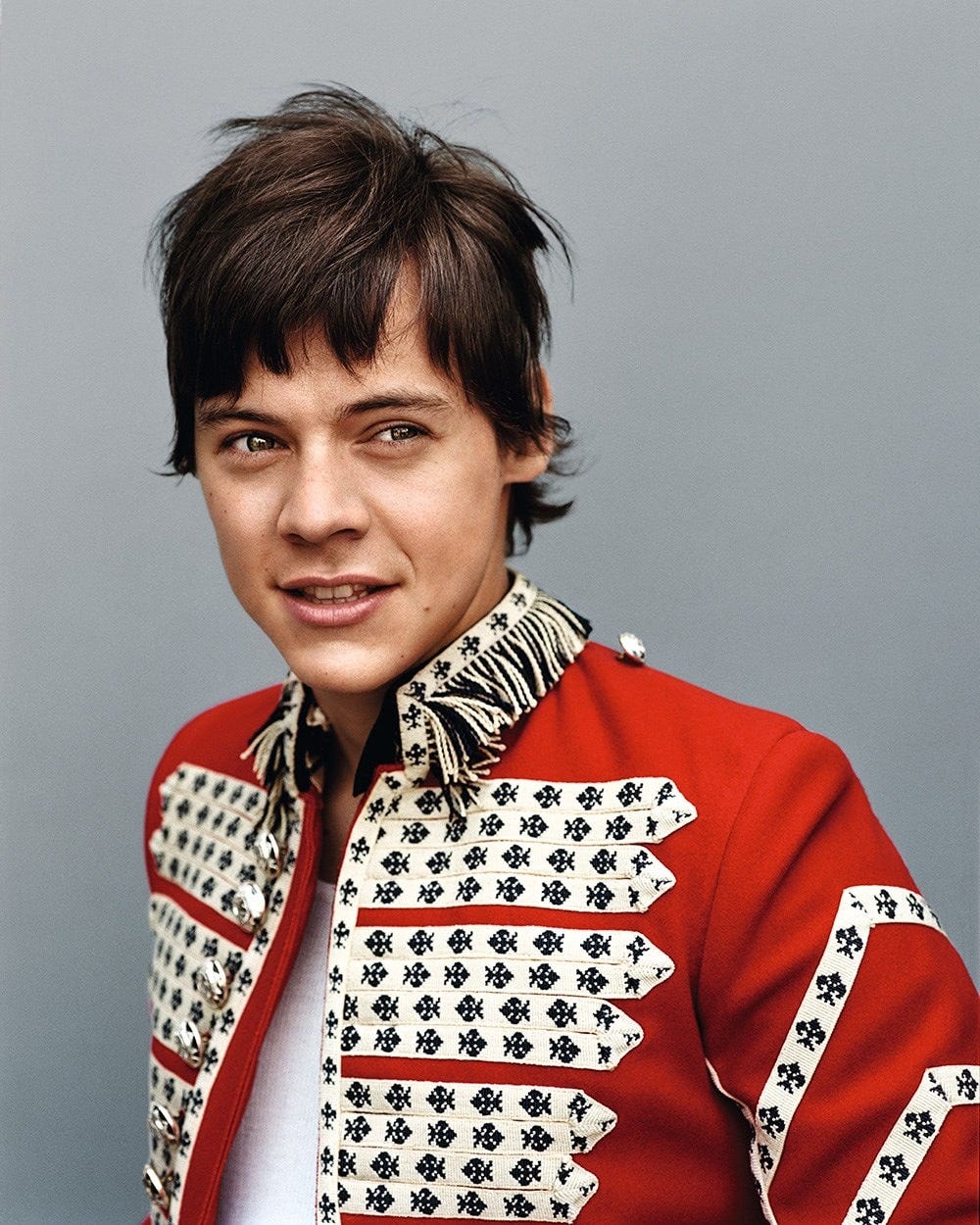
While Mick Jagger is widely given credit as the originator of this trend among musicians, the style eventually became more synonymous with artists like The Beatles and Jimi Hendrix.
Less than a year after Jagger’s TV debut of the jacket, The Beatles donned vibrant candy-colored military garb on the cover of their eighth studio album, Sgt. Pepper’s Lonely Hearts Club Band (1967), spoofing the uniform of the British armed forces and cementing themselves as representatives of counterculture.
Hendrix, heavily influenced by the London rock scene and a massive fan of the Beatles, is said to have bought his iconic hussar jacket from the same Notting Hill vintage shop as Mick Jagger.
Hendrix’s service in the military as a young man laid ground for his own distrust of the establishment. He often wore the jacket open and shirtless, showing irreverence for the military’s strict code of conduct — his bare chest almost daring you to question his authority.
In the ‘80s, similar styles of jackets got legs by way of Freddie Mercury and Michael Jackson who wore variations of military styles regularly — both legendary commanders of the stage with their own loyal armies of fans.
The jacket’s resurgence in the 21st century was propelled by a new wave of ‘rock star’ as Britpop and post-punk revivals bubbled under the surface of the new millennium. The Libertines, for one, wrapped themselves in bright red British guards jackets for a magazine spread in 2002, an homage to British stars who paved the way before them.
The Libertines’ Peter Doherty was dating Kate Moss at the time she was photographed wearing a hussar jacket at Glastonbury in 2005. A blurred snapshot that became an image of worship for rock star-girlfriend wannabes around the globe.
My Chemical Romance also adopted a style of this military jacket during the era of their third studio album, The Black Parade (2006), iconifying the look in the music video for “Welcome to the Black Parade.” The jacket is a core symbol behind the album’s concept: the musicians are outfitted for both a literal parade and a more metaphorical funeral style procession.
As pioneers of emo rock (however much Gerard Way has previously disavowed the label “emo”), the jacket’s military associations again find an ironic home here.
On the runway
Jean Paul Gautier, ever the one for a little flamboyance and flair, highlighted the hussar jacket in his sultry fall 2002 couture collection, weaving together traditional military motifs with modern suiting and slinky materials.
Hedi Slimane — the premier architect of late aughts/2010s indie sleaze style and a noted lover of the British music scene — brought the jacket’s rock star days back to life during his time at Dior Homme.
Slimane maintained this reference in his repertoire through his time at Dior, eventually bringing it with him to Saint Laurent in the 2010s, where his glamorous intuitions thrived.
Various interpretations of the jacket popped up in all manners elsewhere on the catwalk through to the twenty-teens including: Marc Jacobs’ more subdued versions; Gucci’s casual boho-inspired looks; and as part of Olivier Rousteing’s high-luxe “Balmain army.”
For spring 2026, the jacket made a not-so-subtle comeback, finding footing on the runways of Kenzo, McQueen, and Ann Demeulemeester. This season, the look feels updated for a new decade, styled almost uniformly with low-slung baggy jeans and a healthy amount of bare skin.
On current events
Similar to the coat’s fashion-world debut in the ‘60s, this design’s resurgence comes at a time of widespread political unrest and dissatisfaction with governments in power.
The Beatles wore their military uniforms not with regard for their queen’s troops but as a mockery. Hendrix didn’t don his jacket as a proud callback to his service but with irreverence for the systems that forced him there. The resurrection of the hussar jacket today points to a similar countercultural undercurrent.
Not unlike the civil rights movement and the Vietnam war in the ‘60s, the younger generations of 2025 face a global rise of fascism and government-sanctioned genocide broadcasted on social media.
At one point during the “Welcome to the Black Parade” music video, a banner comes into frame that reads: Starved to death in a land of plenty. It’s a replica of a banner photographed at an unemployment protest in London in 1908.
Almost 20 years since that music video, and 120 after the protest, the banner feels incredibly on the nose as the American government axes SNAP benefits leaving families hungry in one of the richest countries in the world.
Aesthetically, I also see this revival as part of the backlash against sad beige minimalism post-pandemic.
As we continue to yearn for something to scratch the dopamine itch — candy colors and loud patterns, bows fixed to everything, a pop of red in every corner — an ornately blinged and tasseled military jacket doesn’t feel out of place. In direct contrast to years we spent inside, this jacket marches forward and asks if you wanna do a line in the bathroom.
With such a patchwork history of centuries-old references and subtext, the jacket seems to represent opposing forces in equal measure: imperialism and hedonism; the establishment and the anti-establishment; armed soldiers and singers in skinny jeans. But that duality is what makes it interesting, right?
Unlike something more ubiquitous like blue jeans, this piece asks for an intention. Searching up “Napoleon” on Depop feels sort of laughably tone-deaf, and if not tone-deaf then just downright silly. Romanticizing a dictator’s wardrobe feels like a punchline about TikTok brain rot.
But flowers find their way through the narrowest of cracks, and even under the guise of military cosplay can a garish trend remind us of hope during crises past. Maybe the biggest act of closet rebellion is to put on a uniform.
In the next letter… vintage and secondhand military jackets!
Because I really am a fan of this style, despite how much it reminds me of war. Vintage Marc Jacobs versions especially have me in a chokehold — that and more in your inbox shortly! xoxo
Find me on Insta here, send me a note at mackinley@yeehawt.com, or reply to this email to keep the convo going!



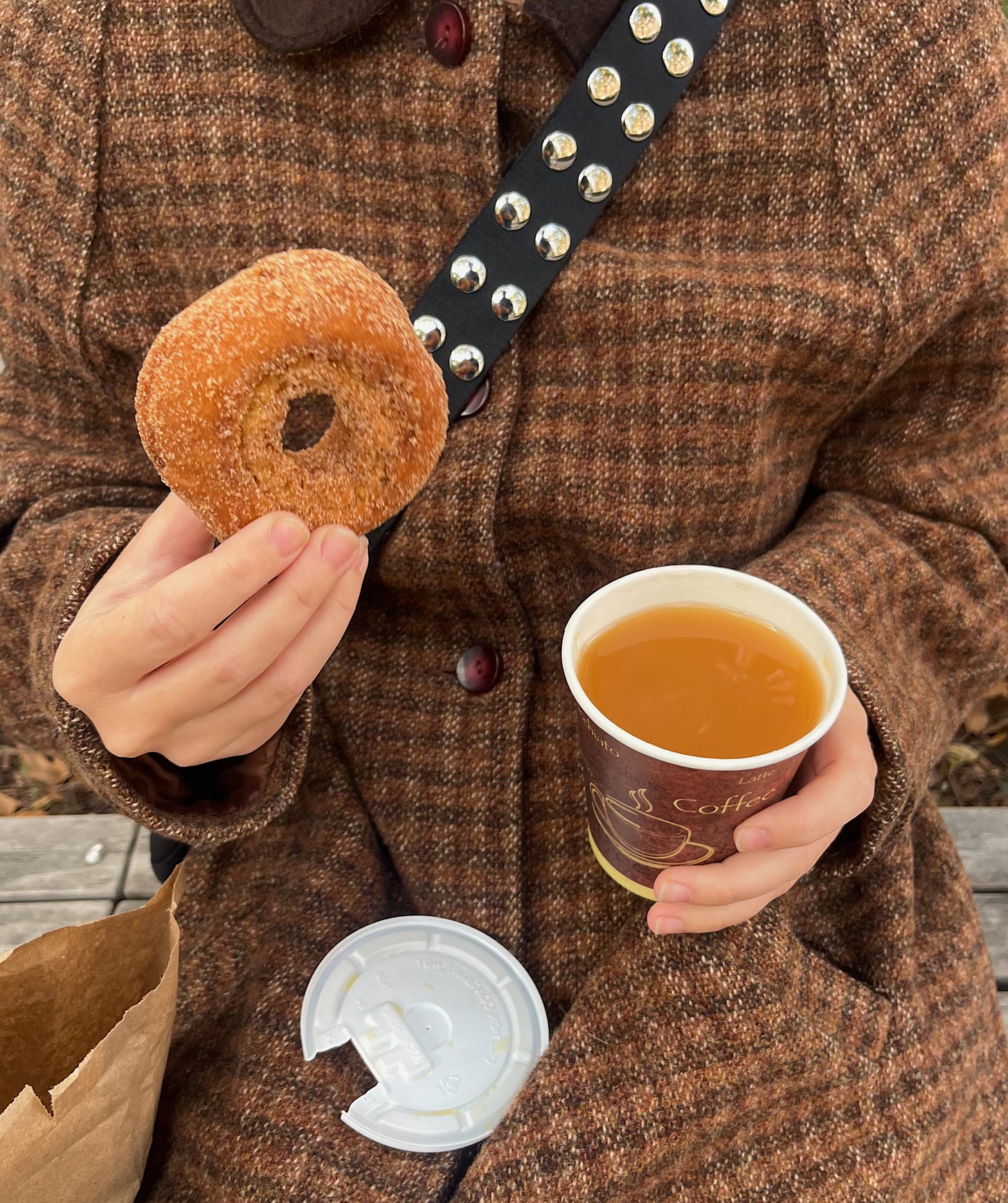
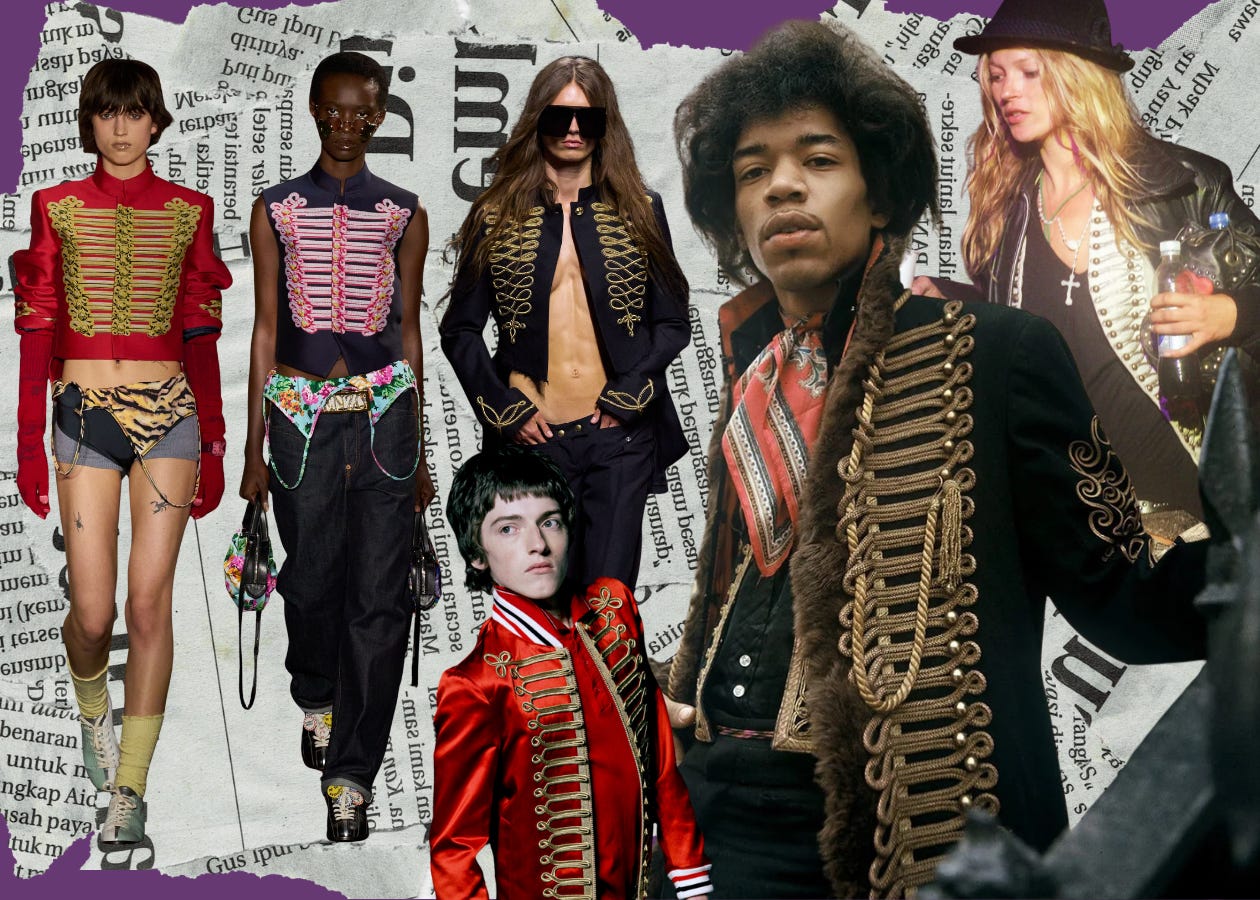
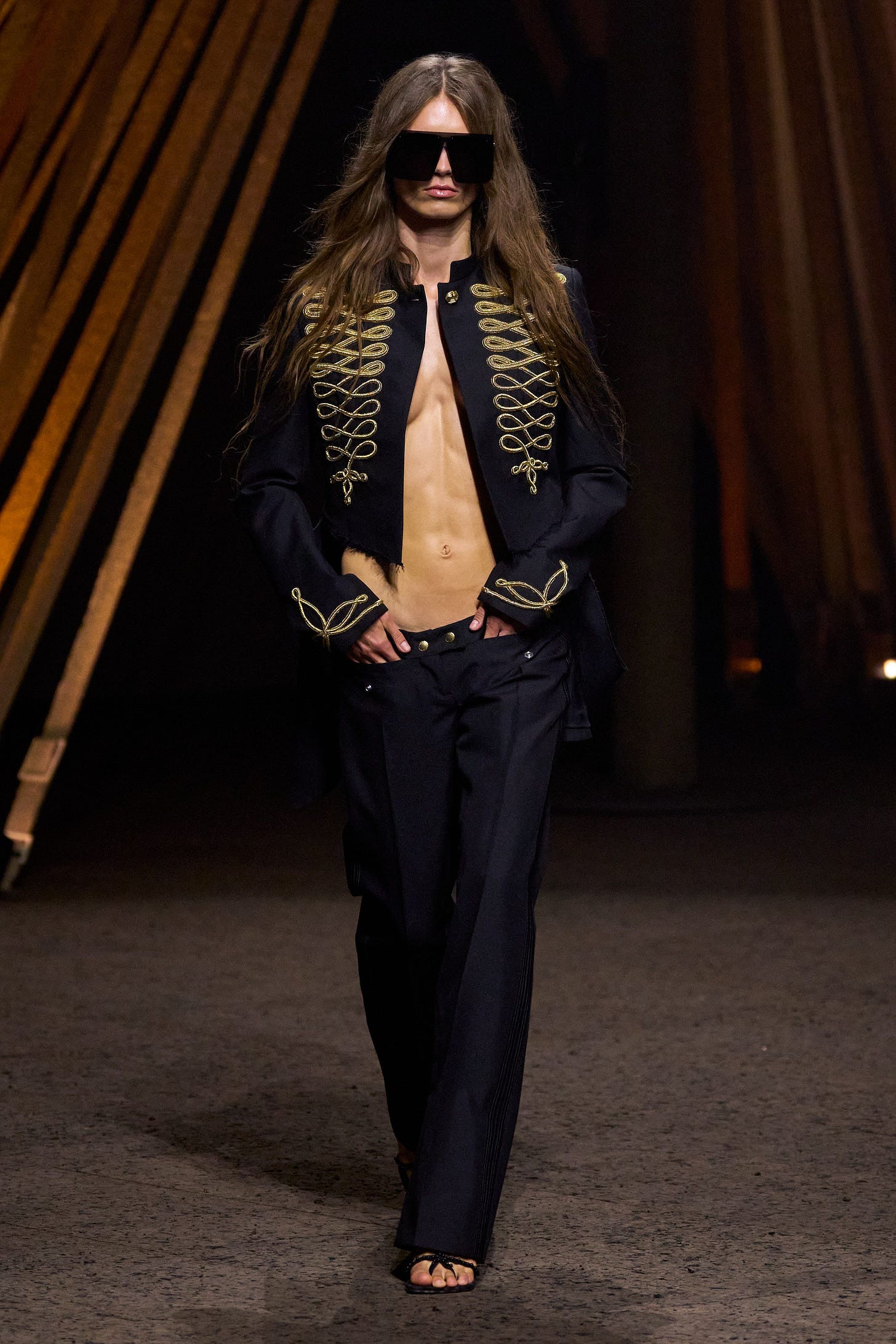
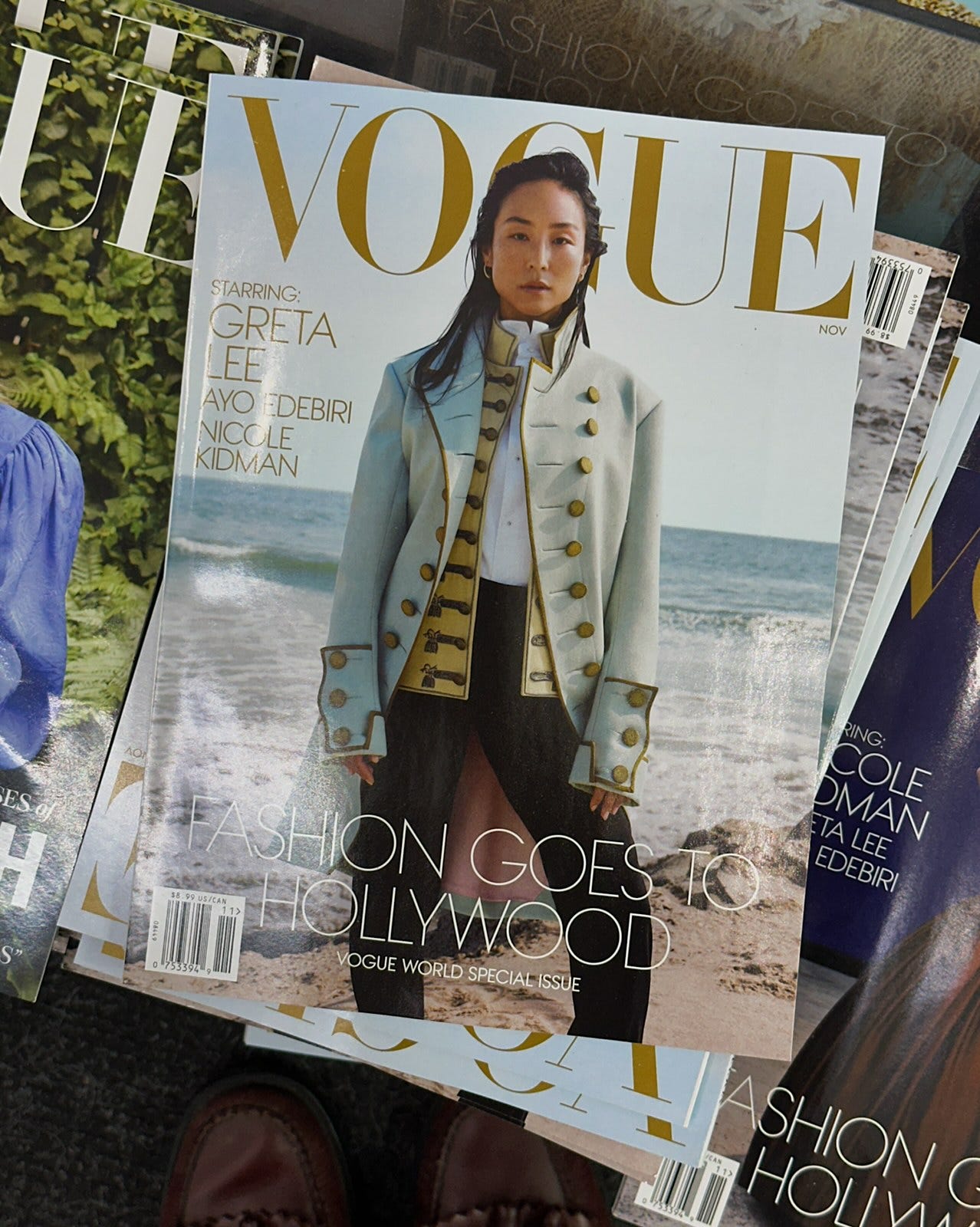

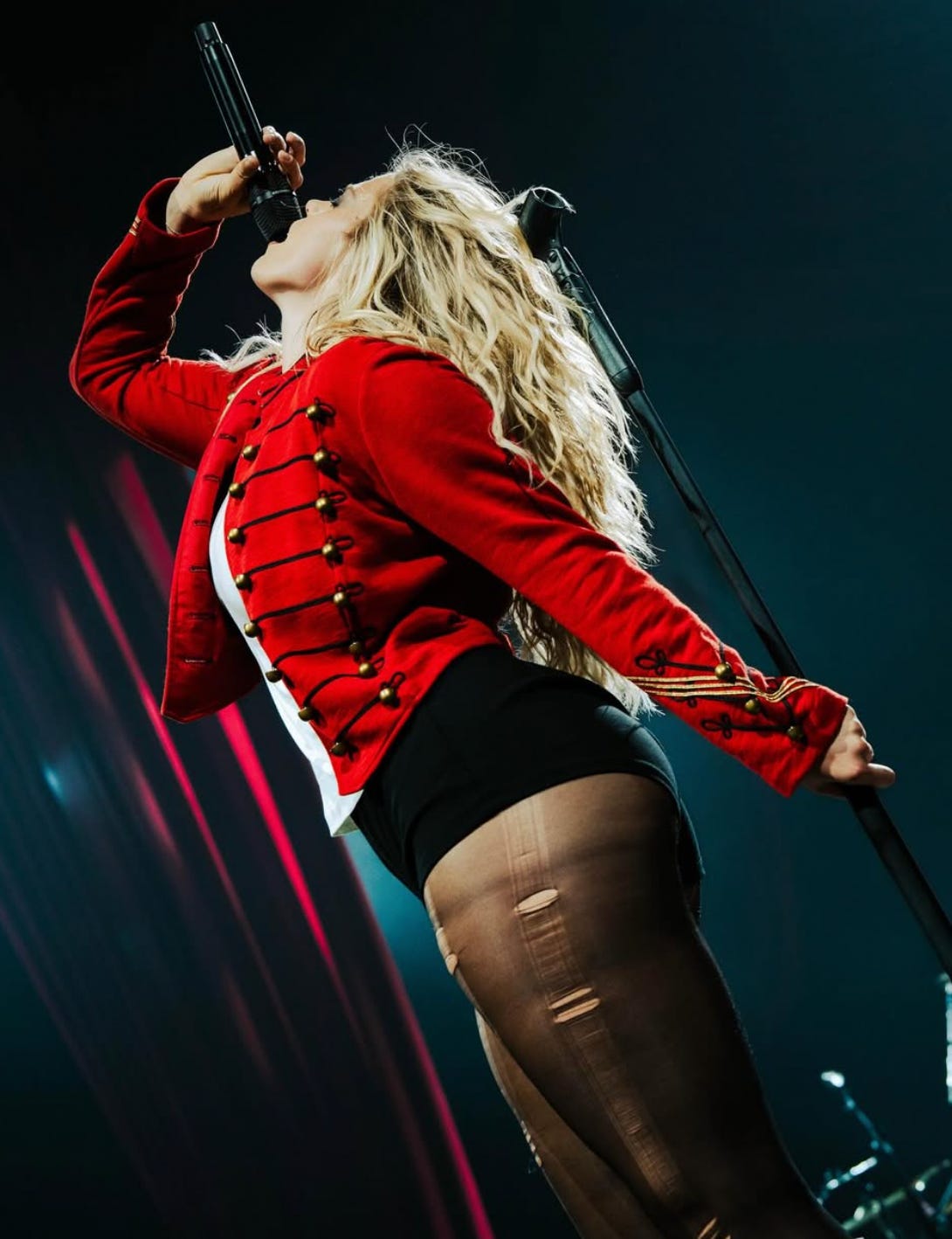

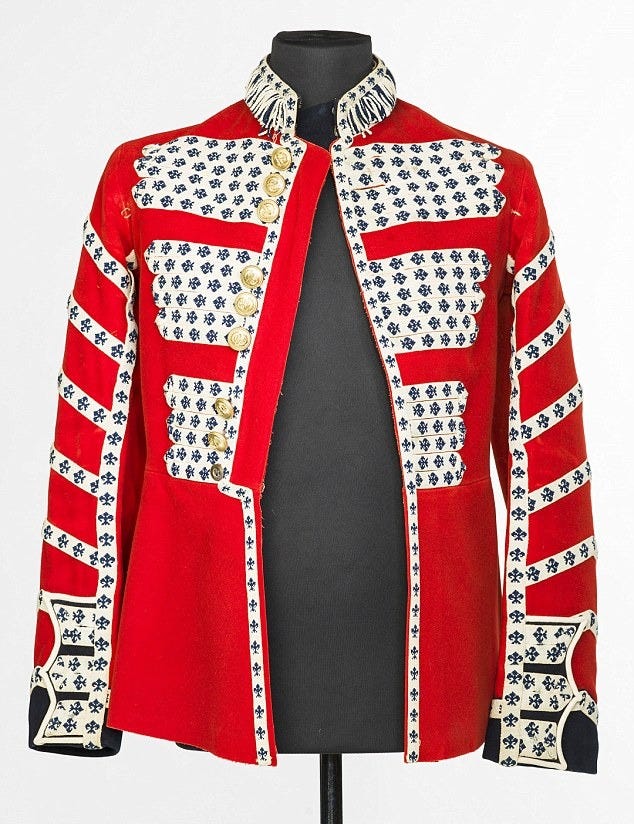
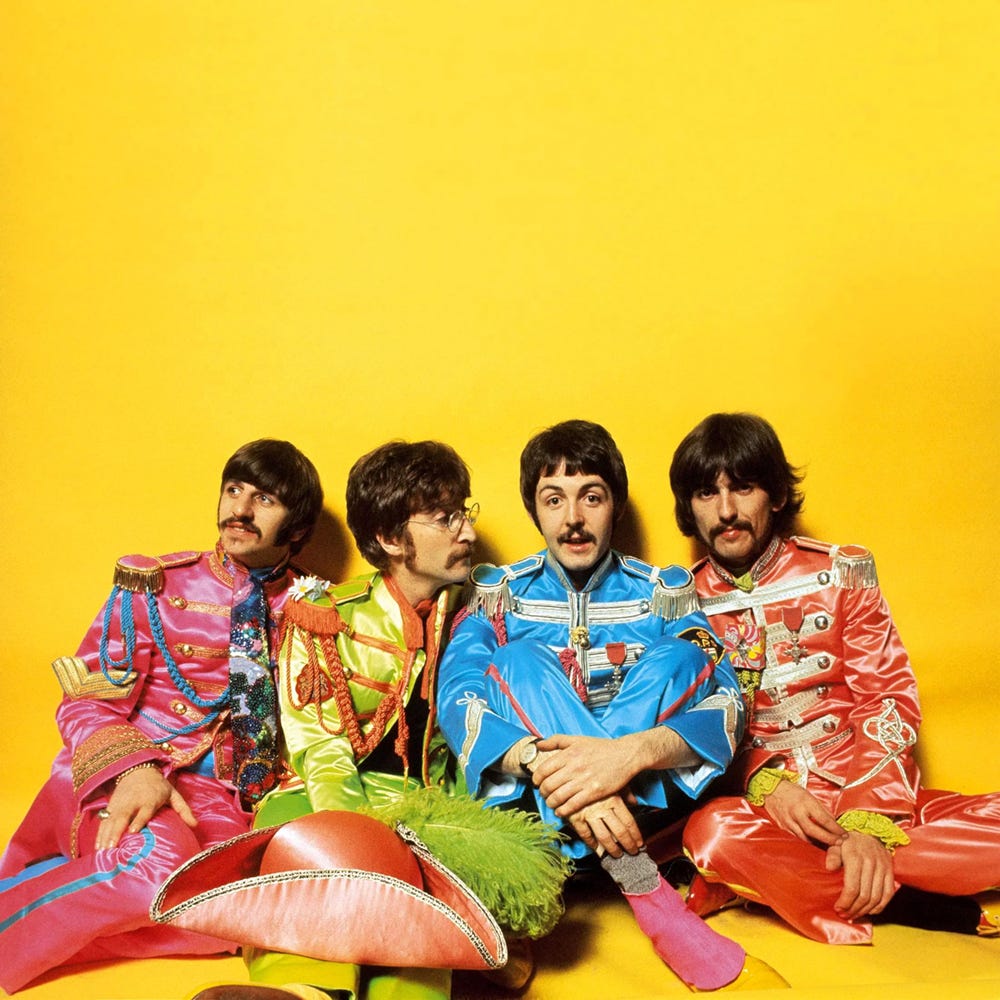
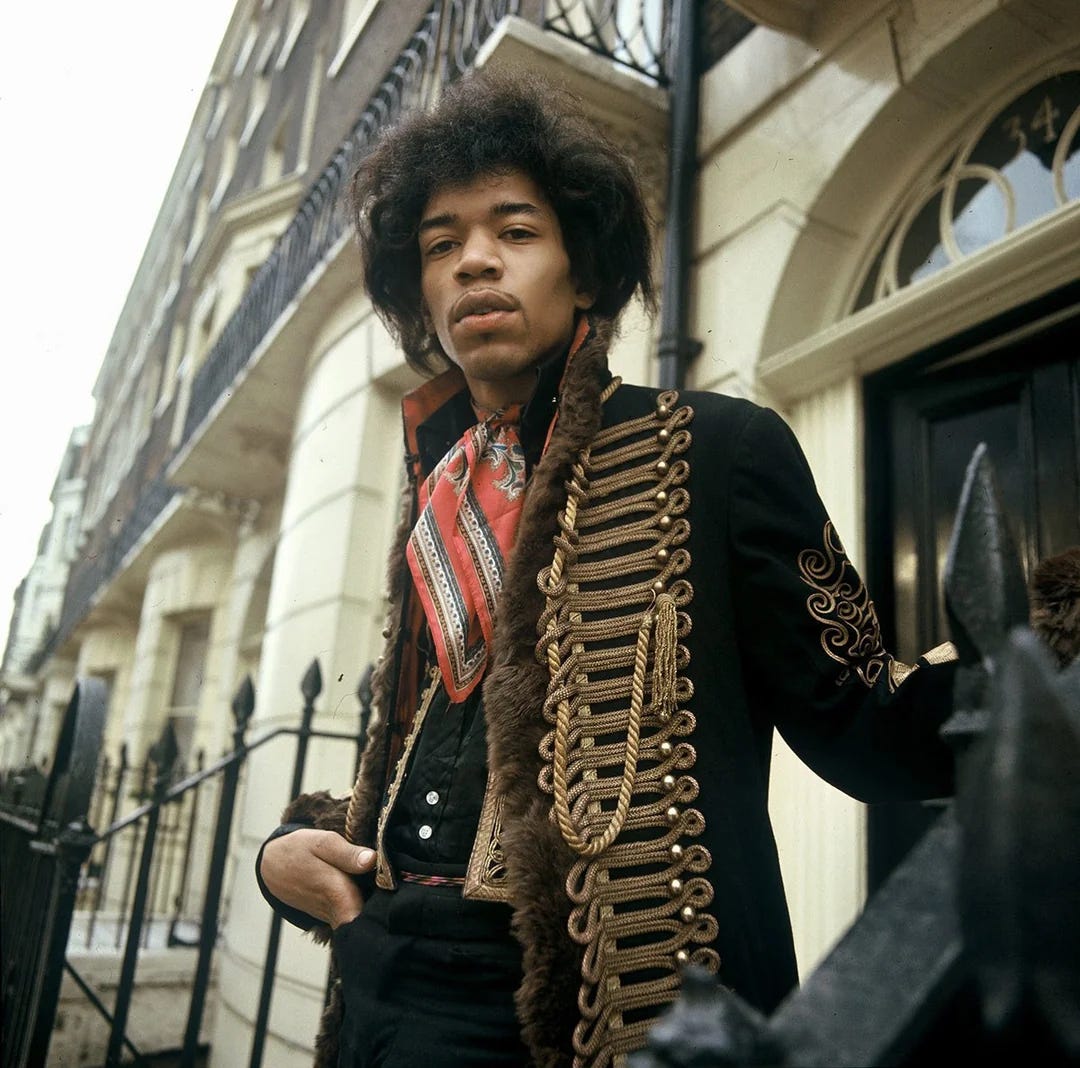
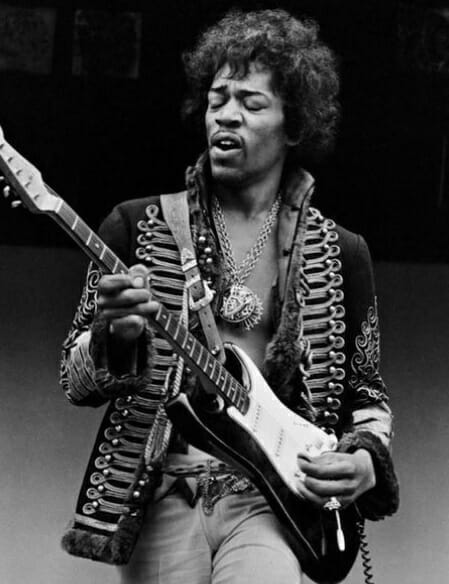
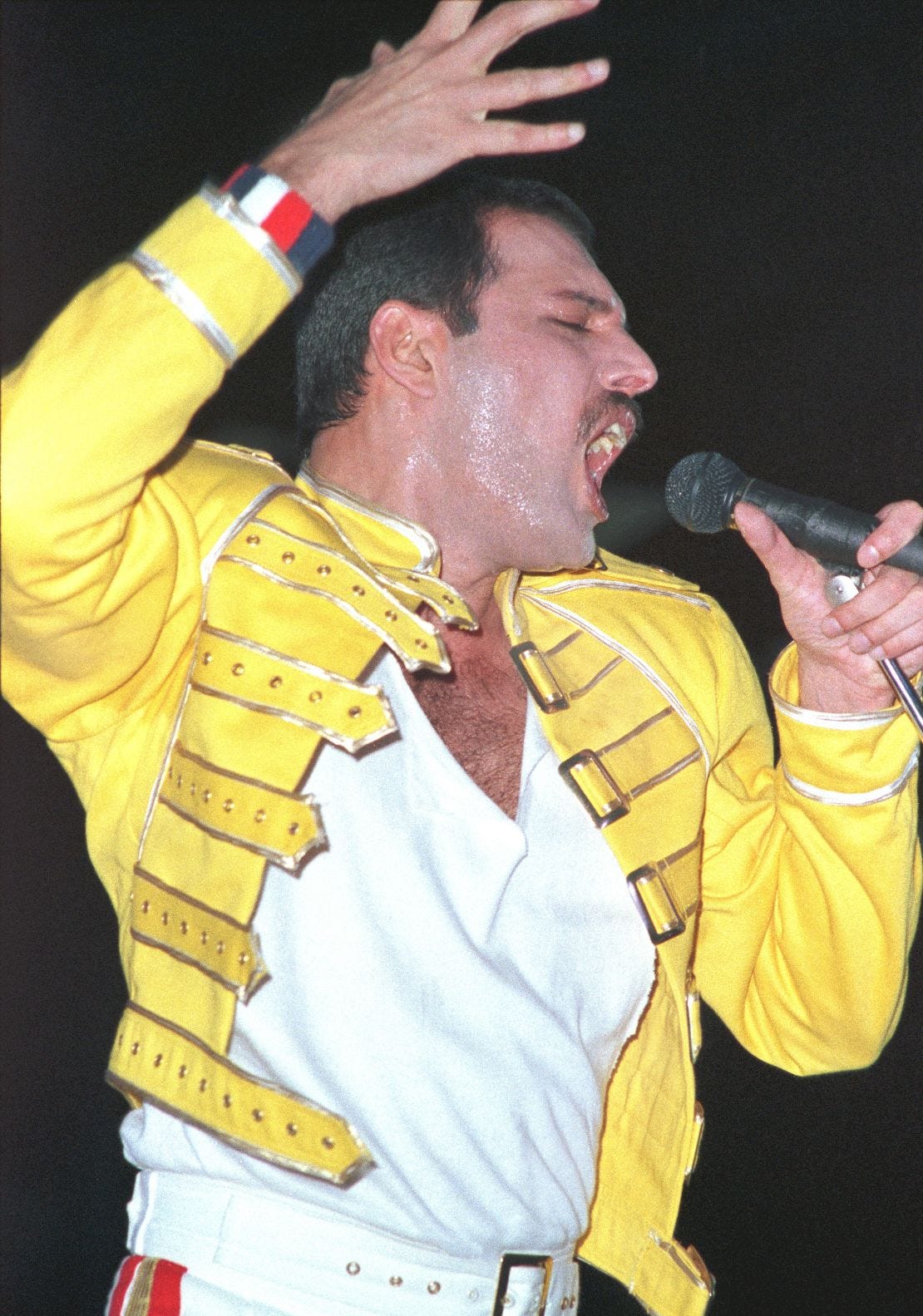
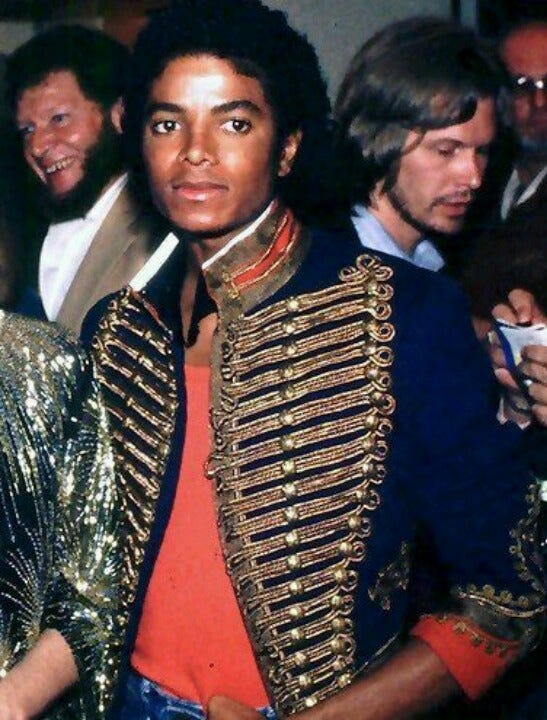
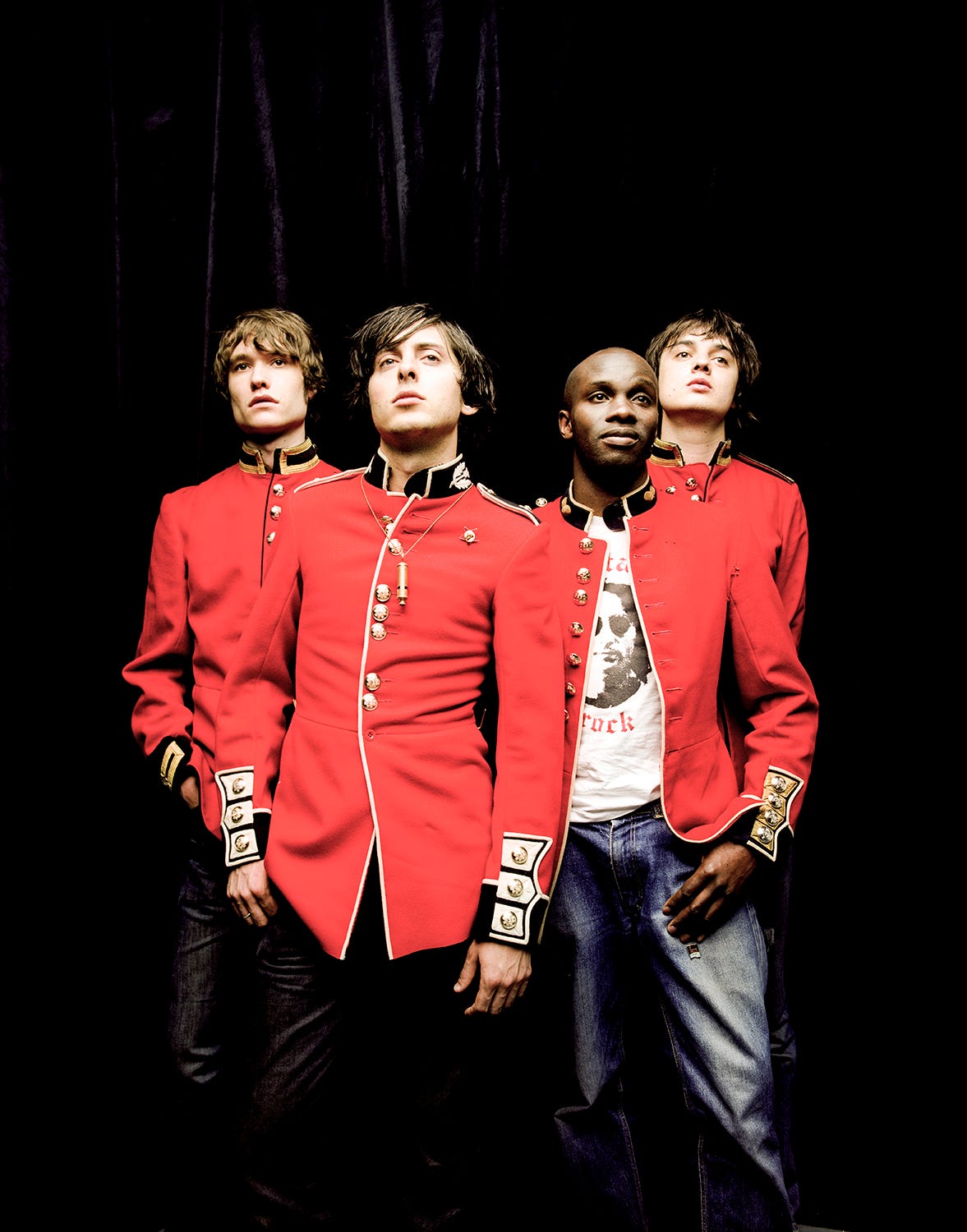
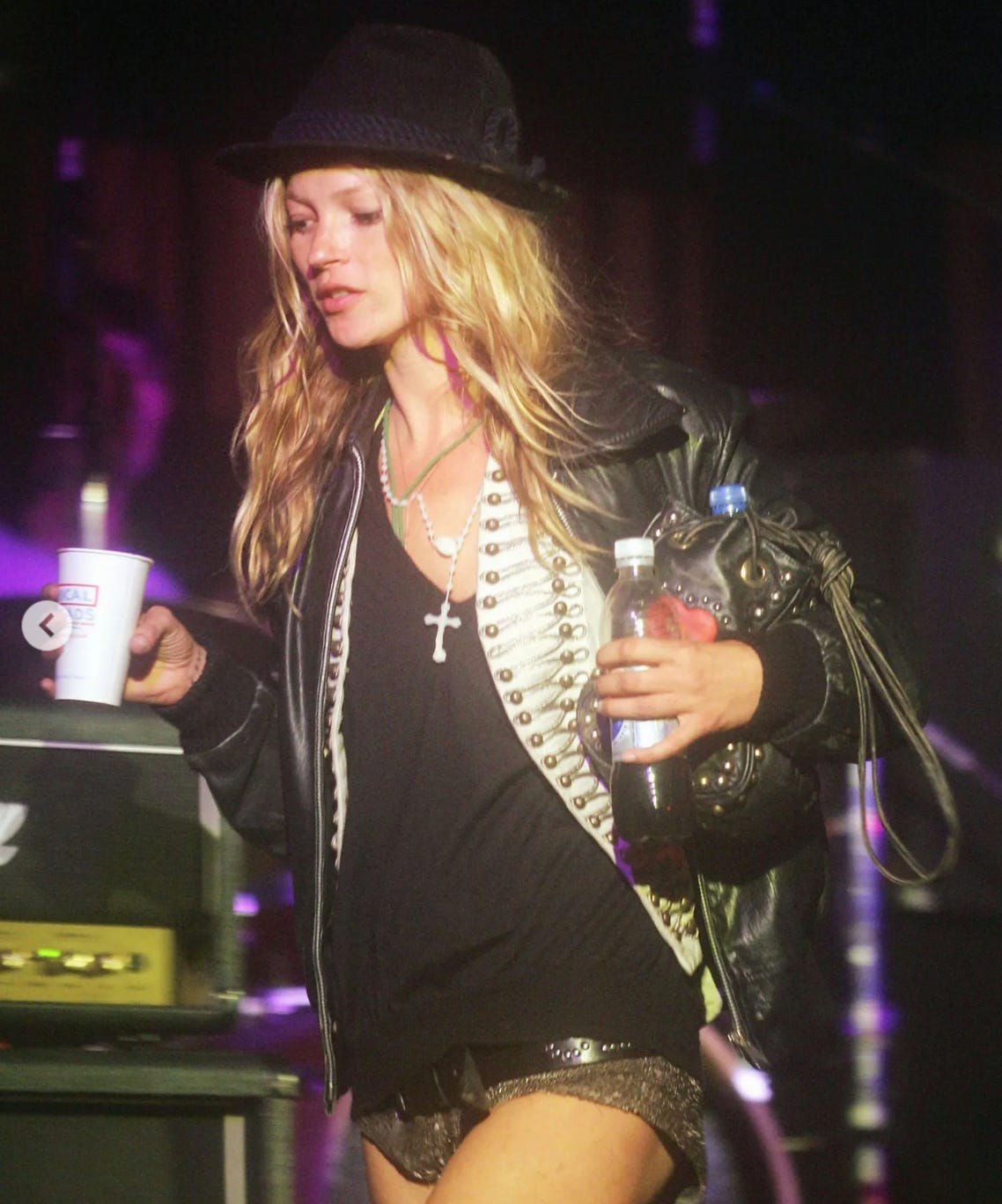
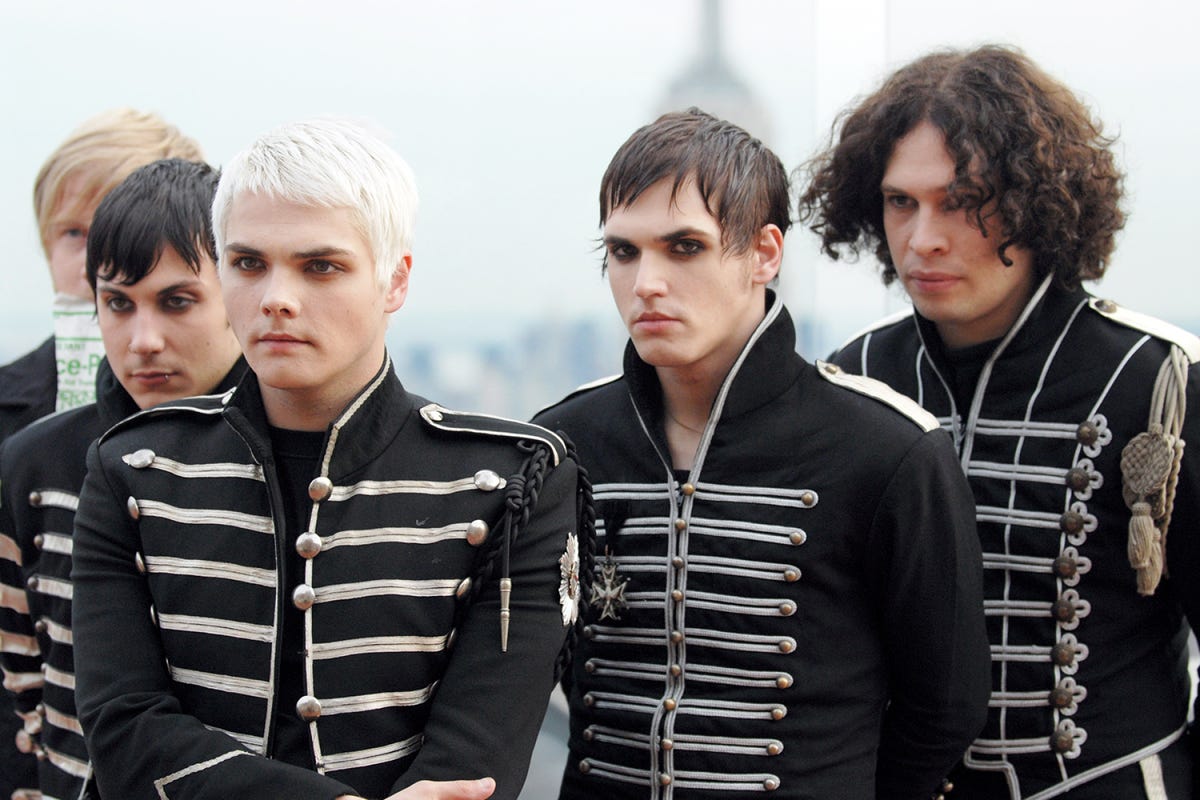
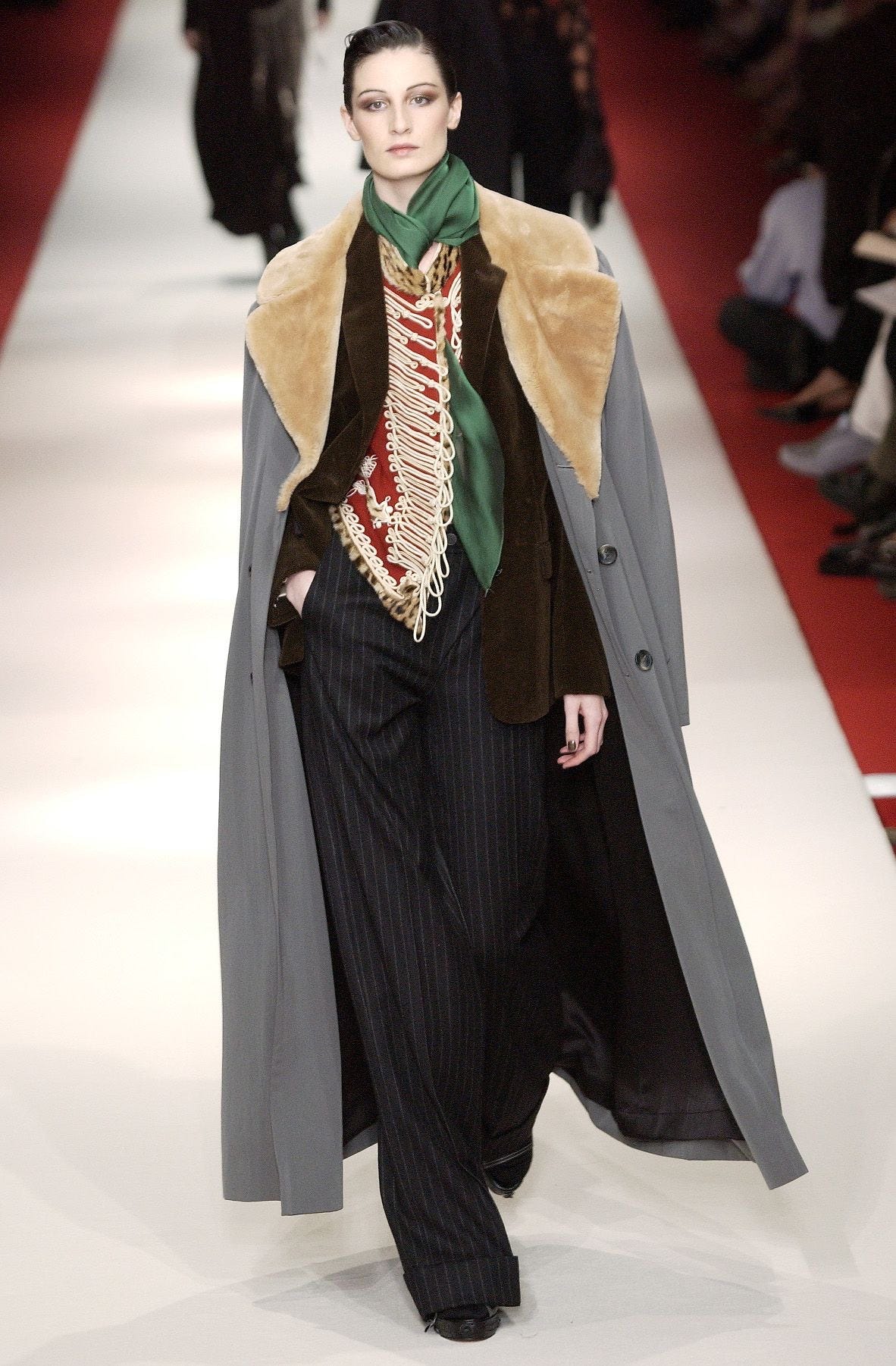
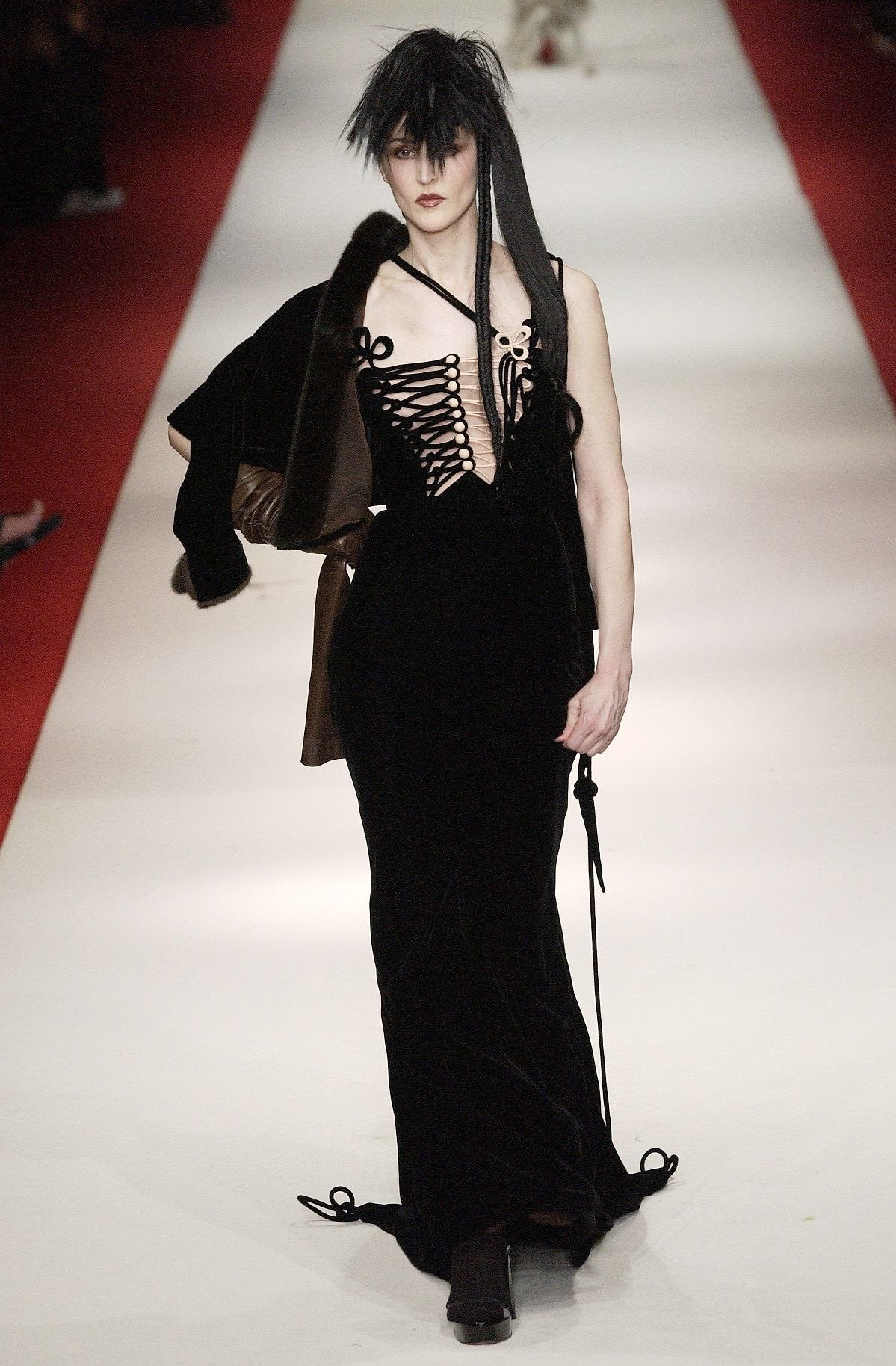
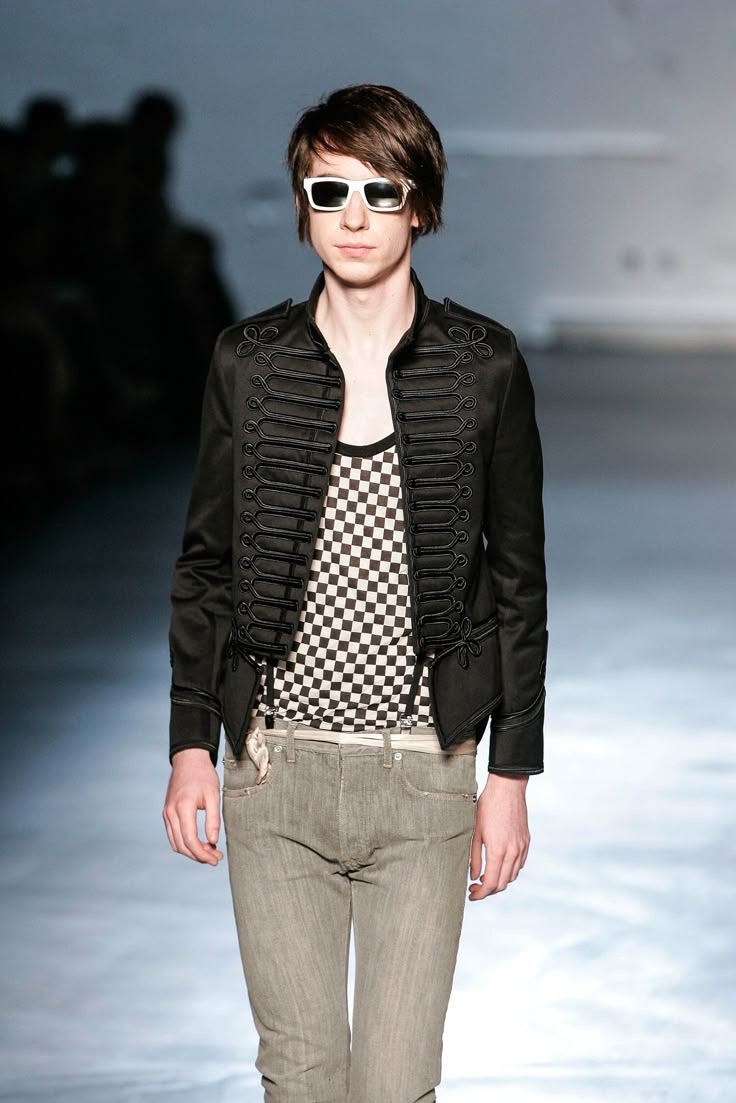
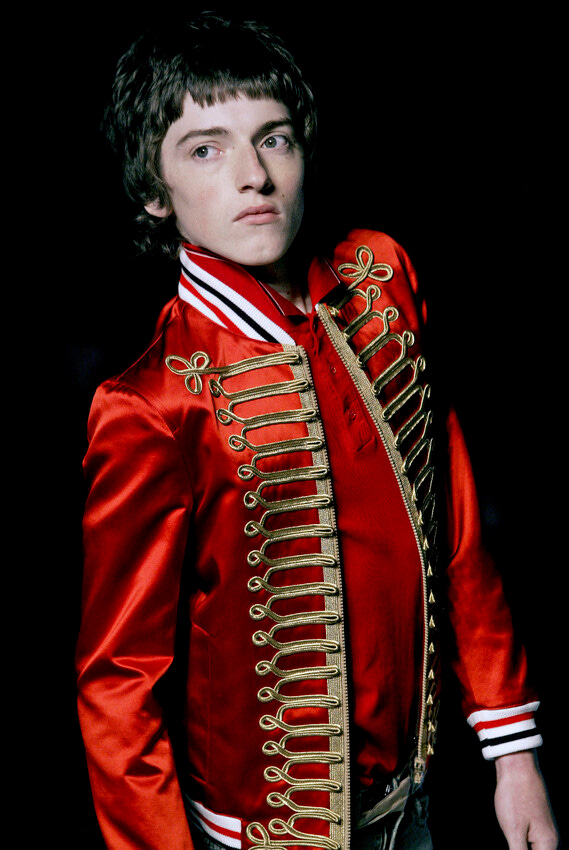
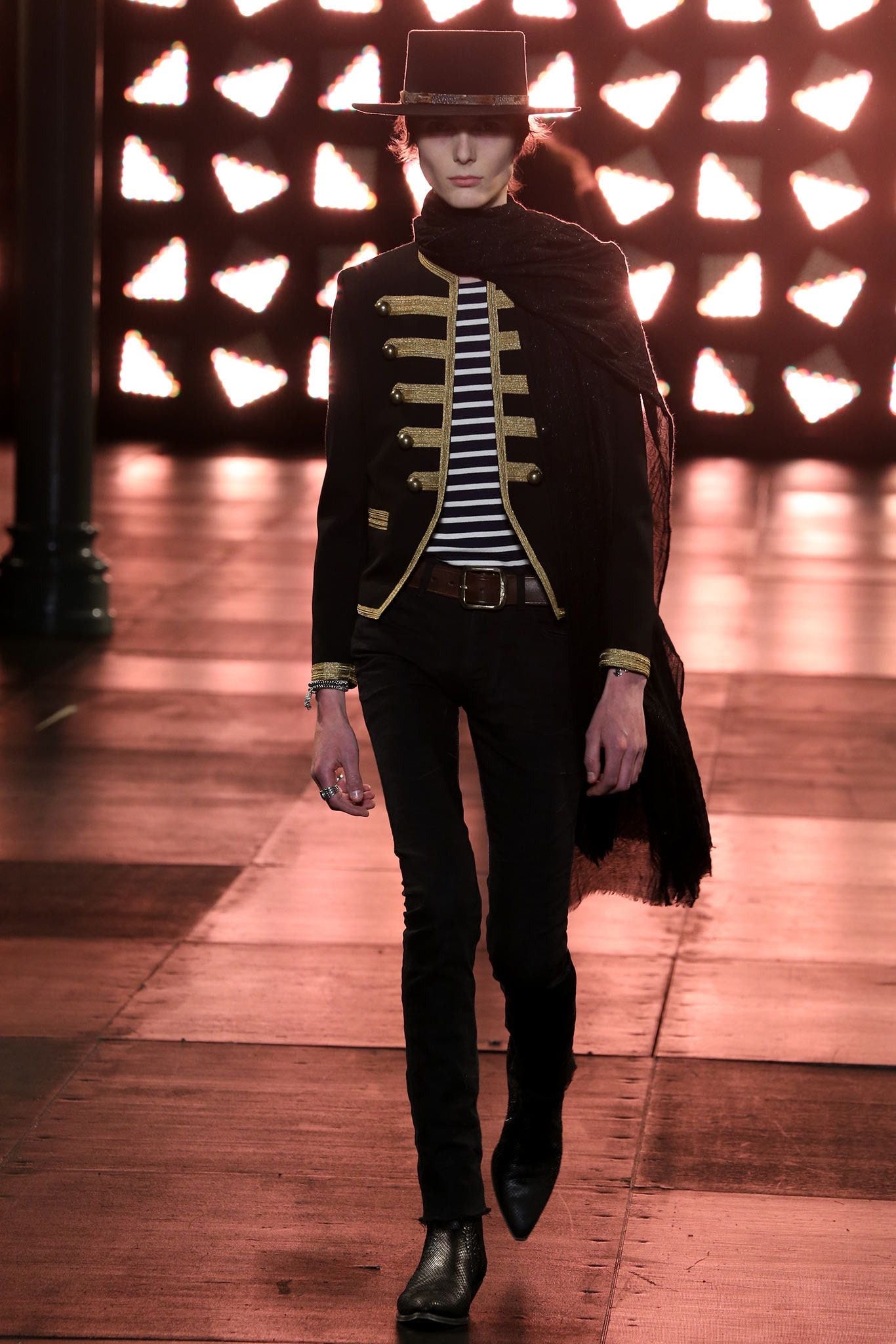
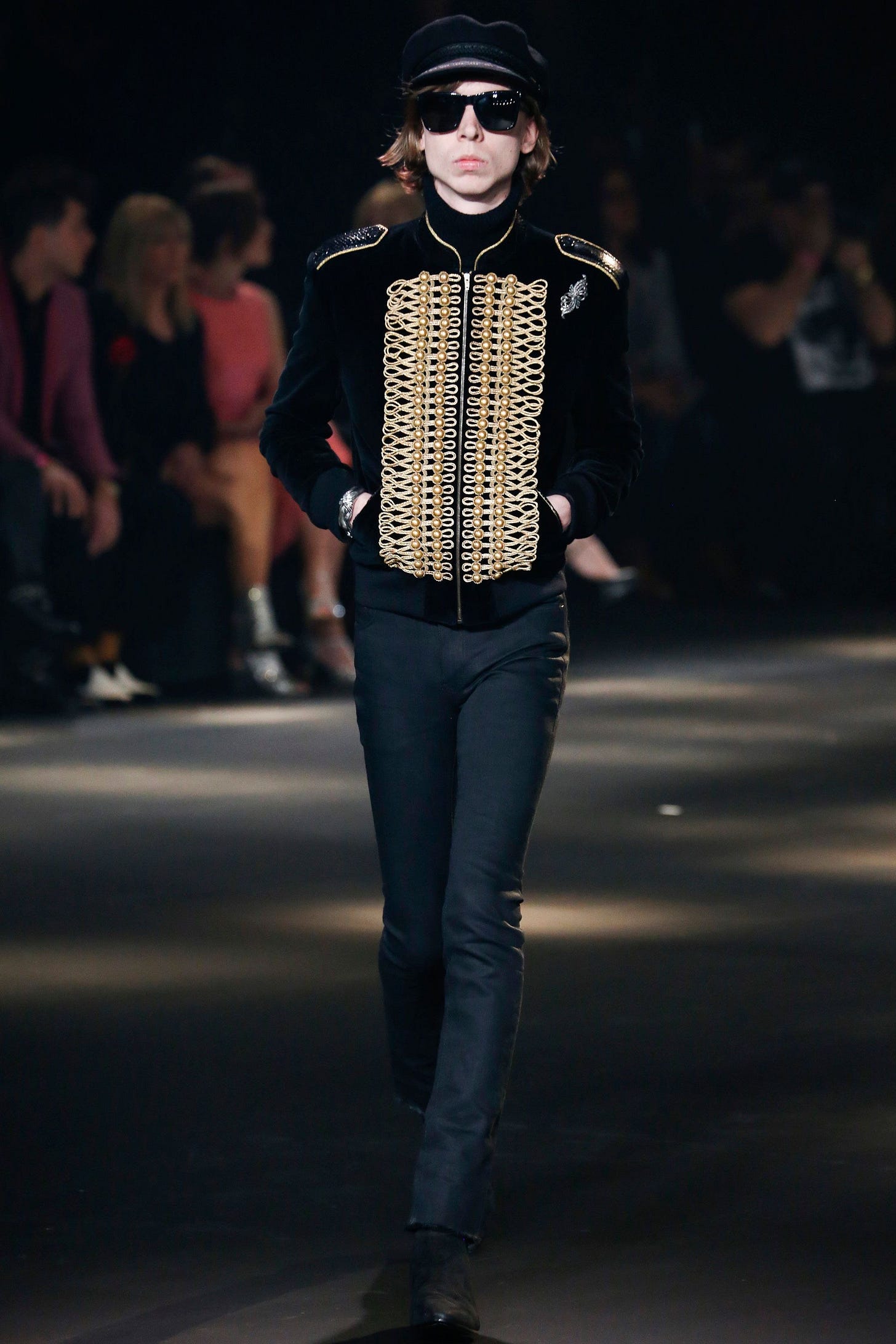
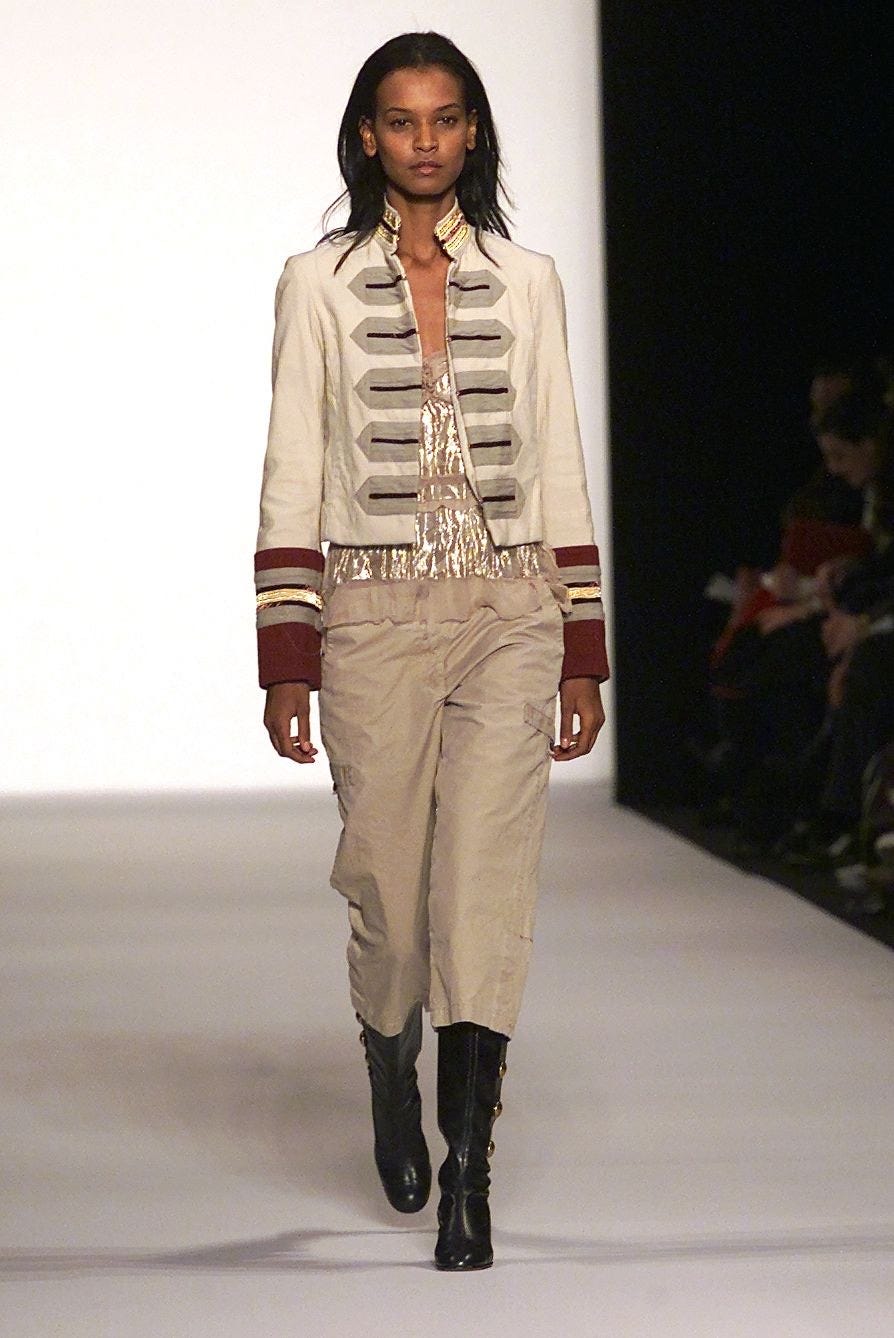
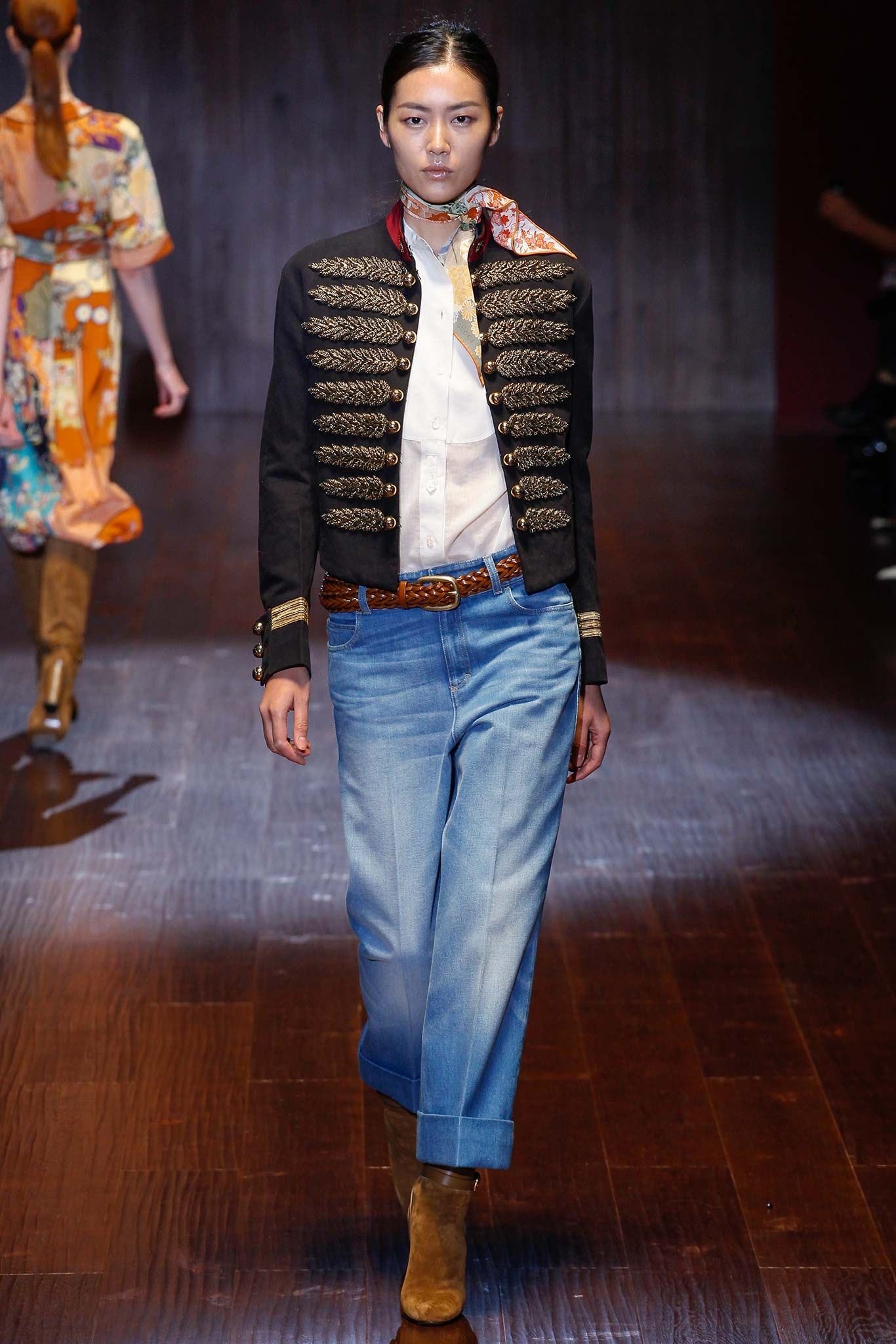
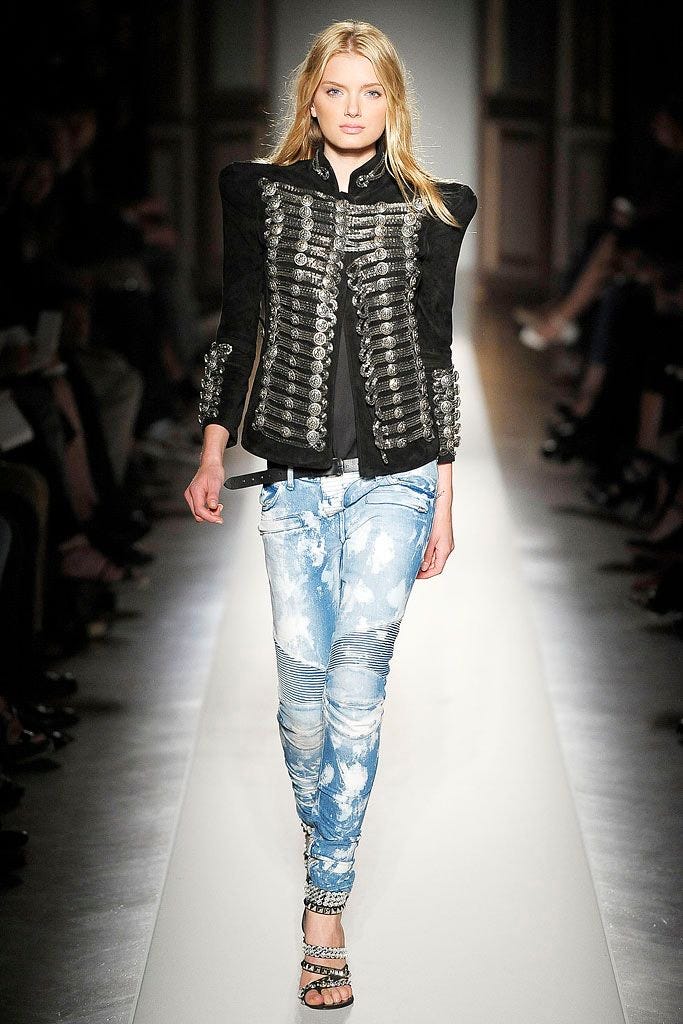
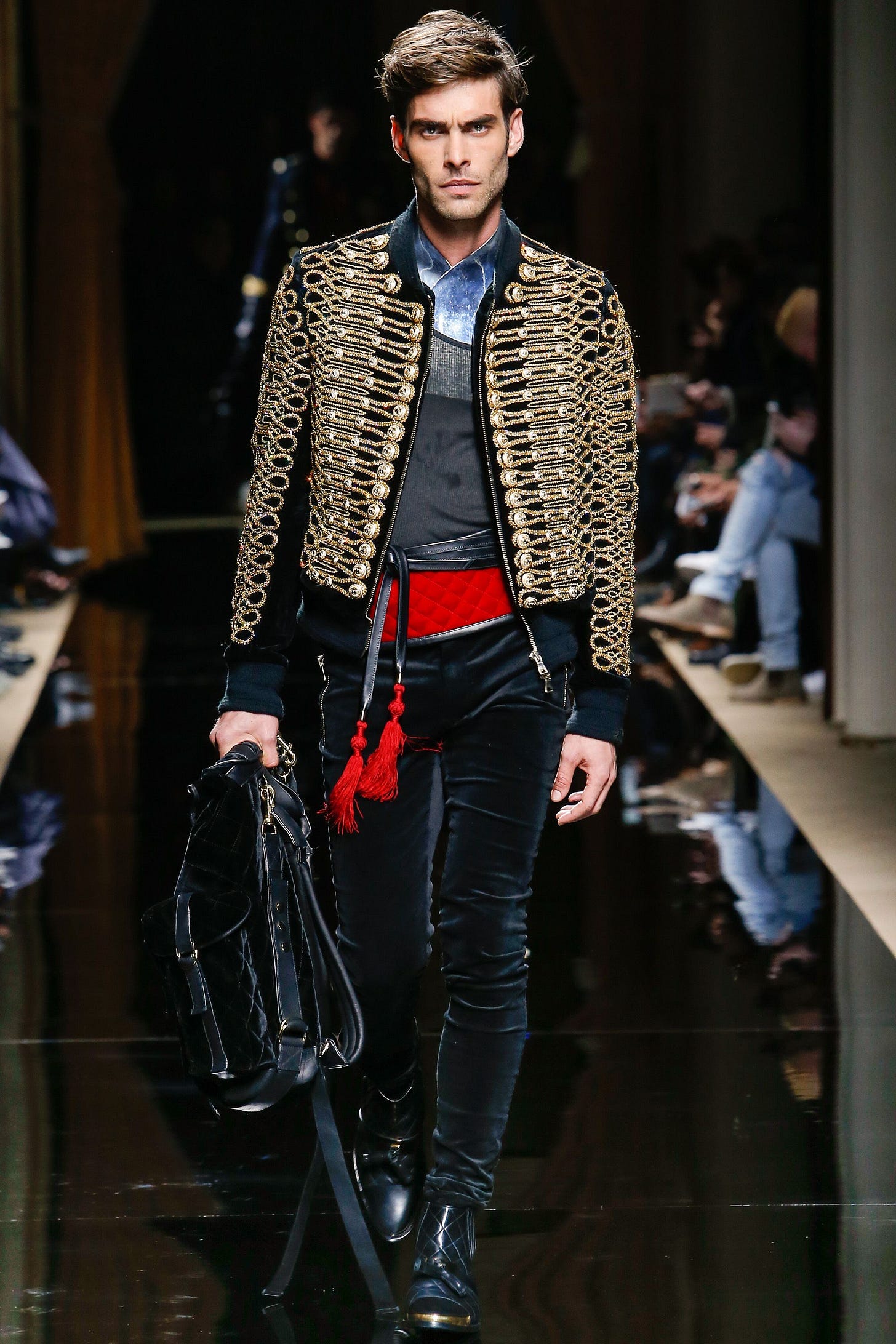
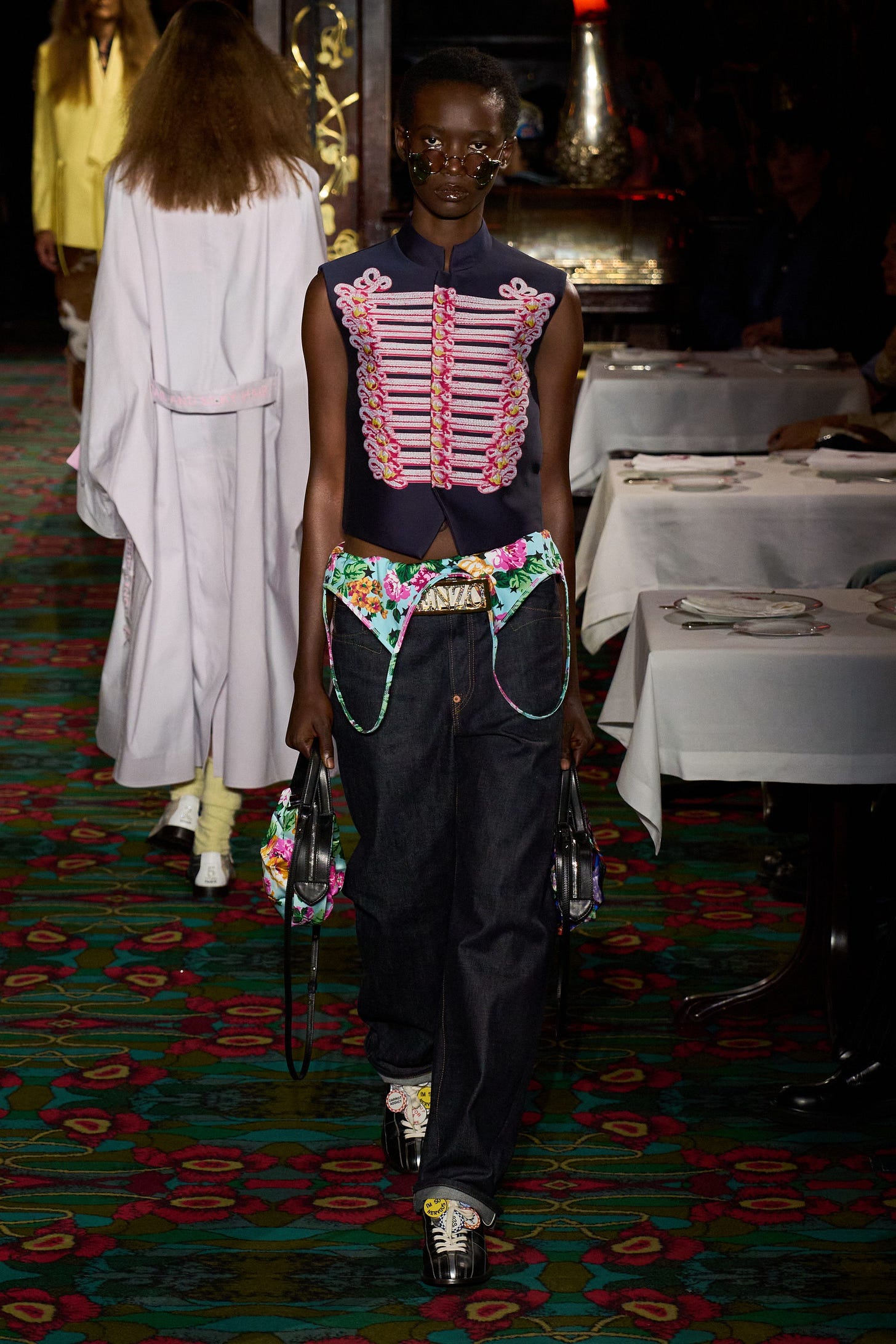
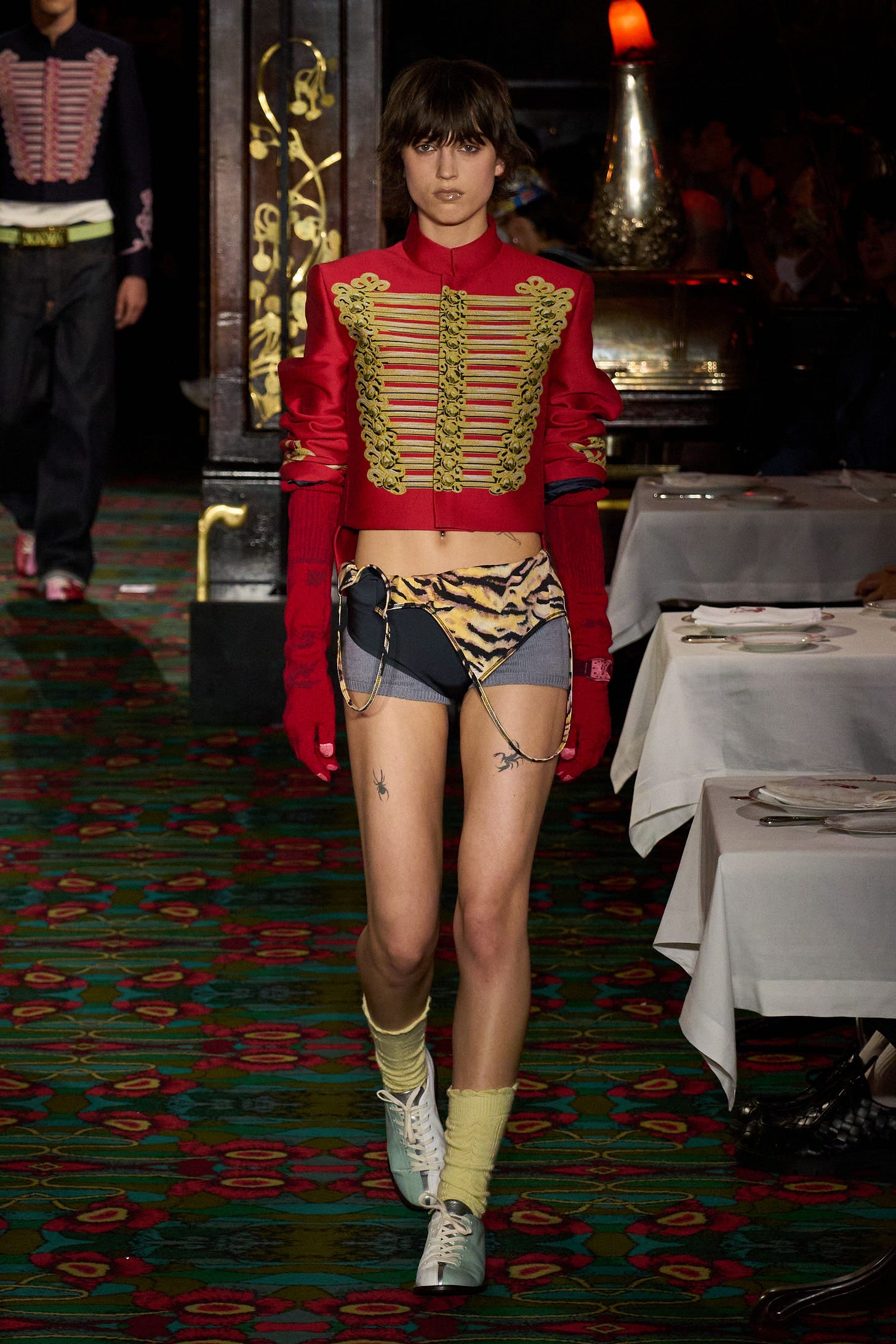
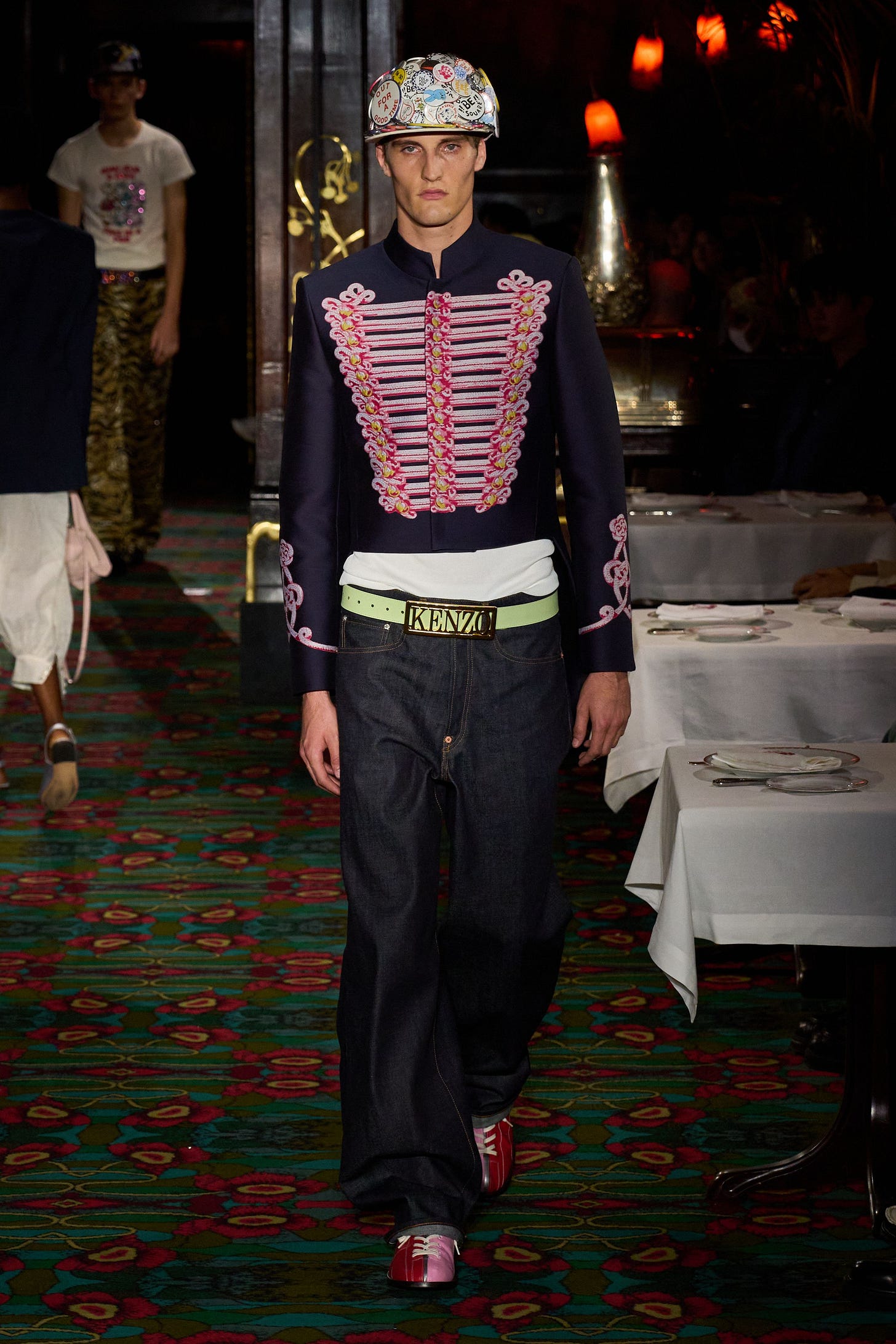
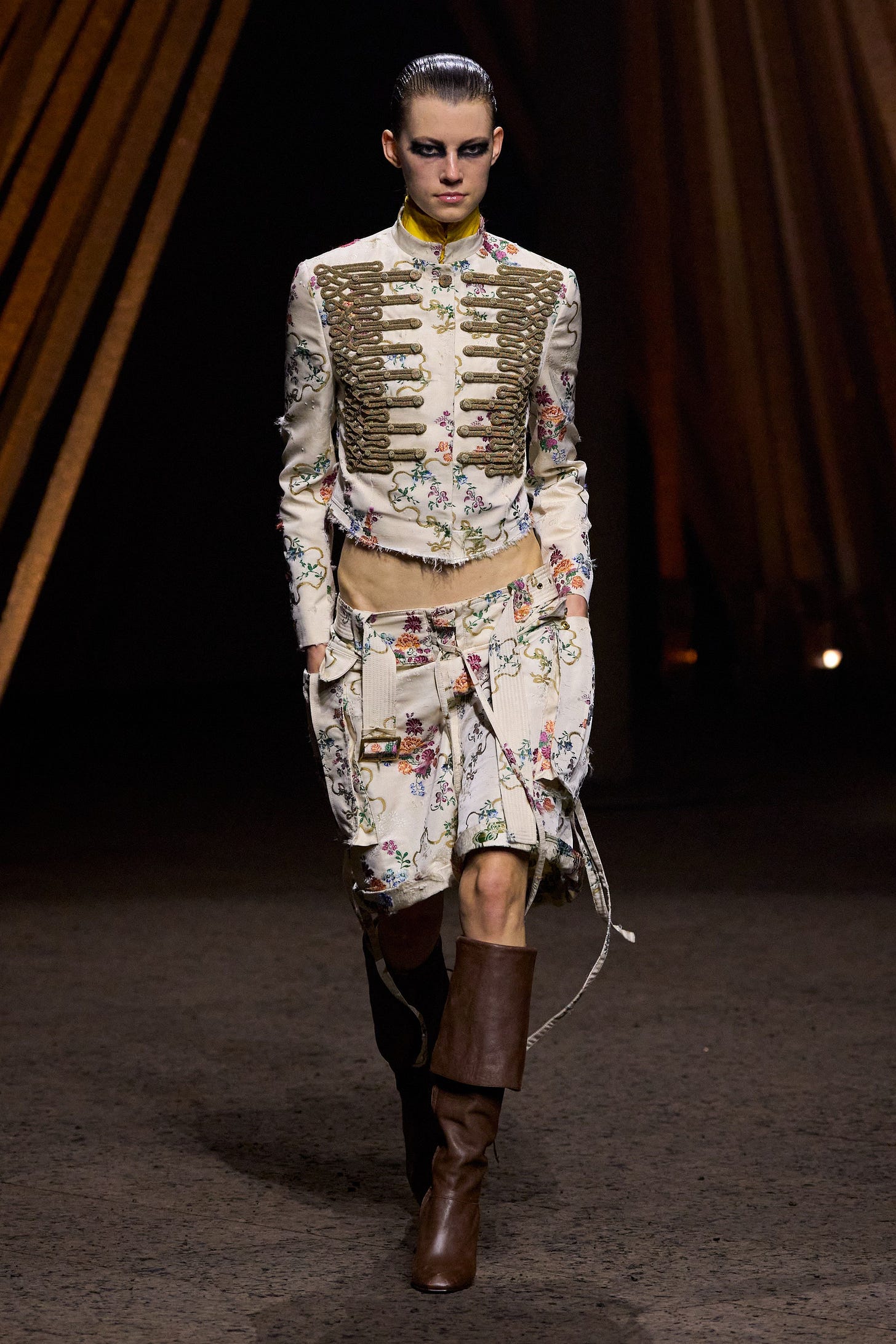
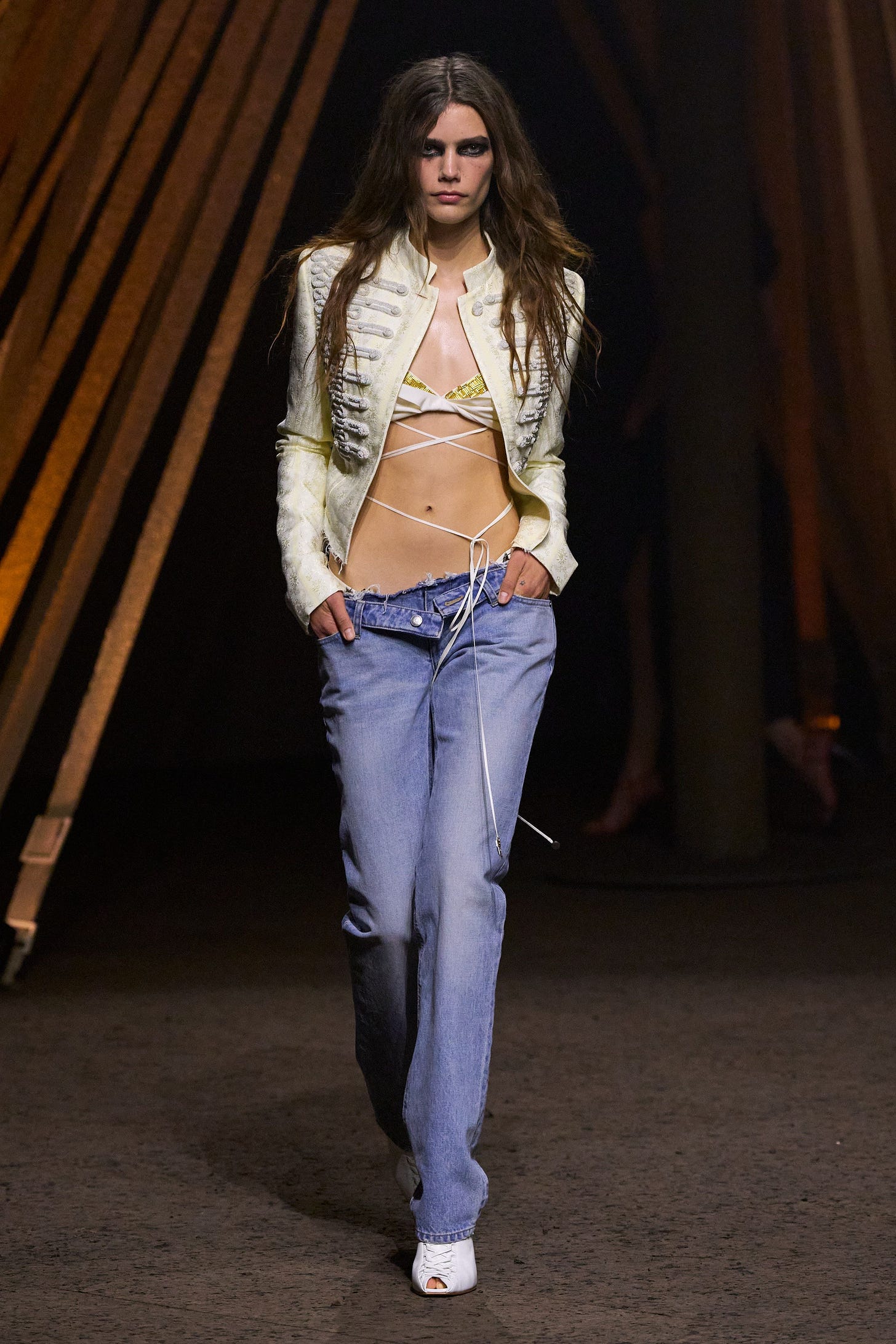

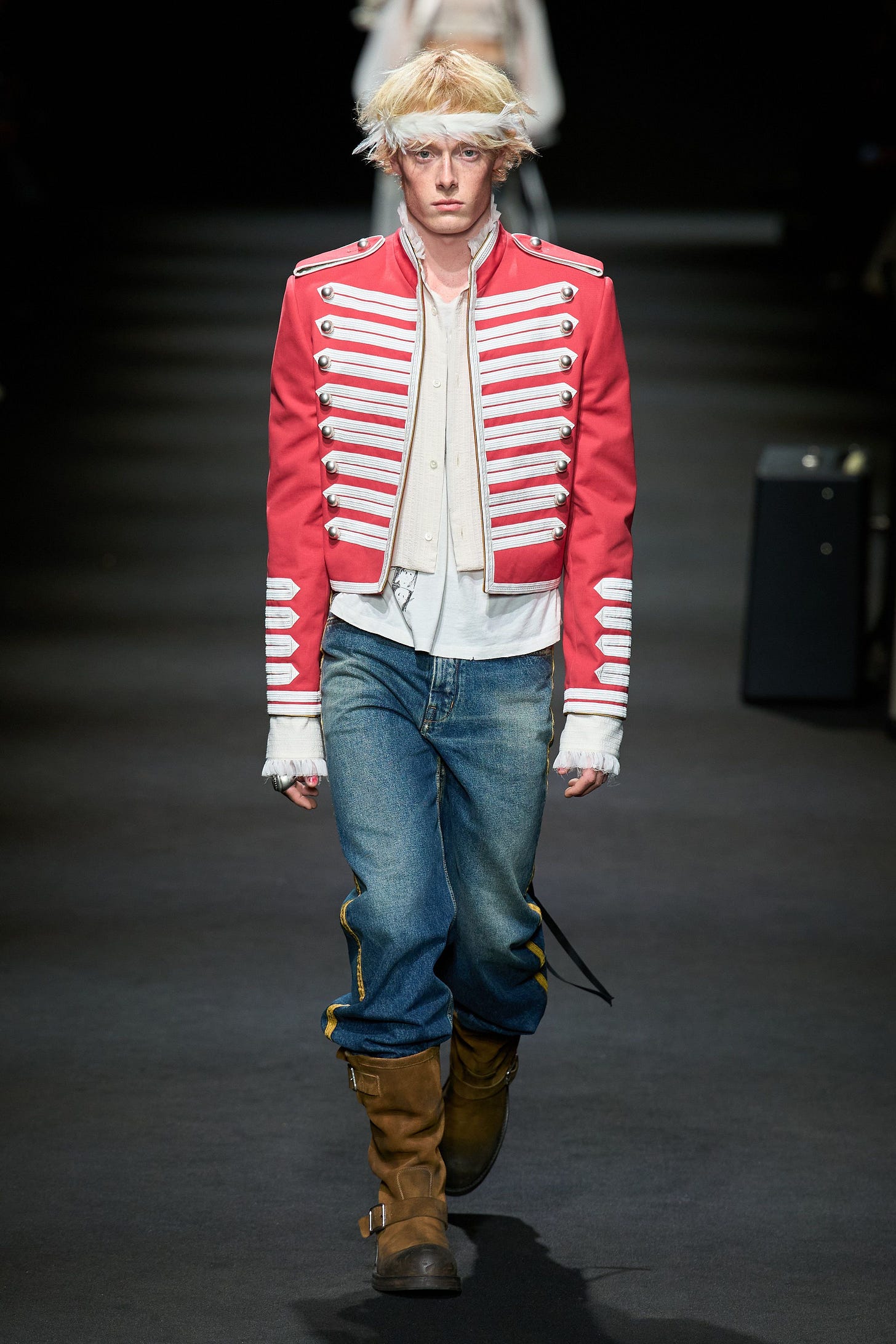
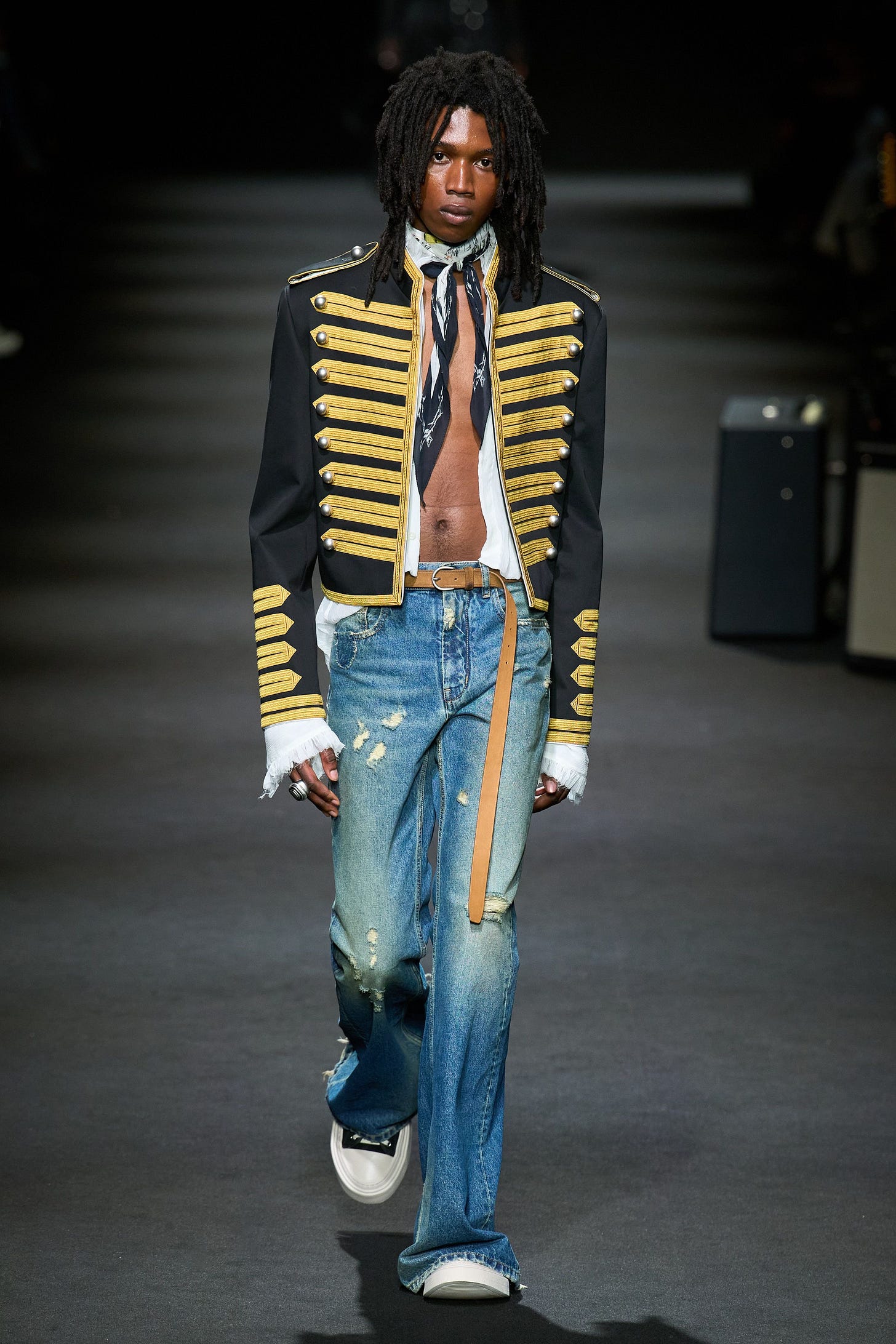
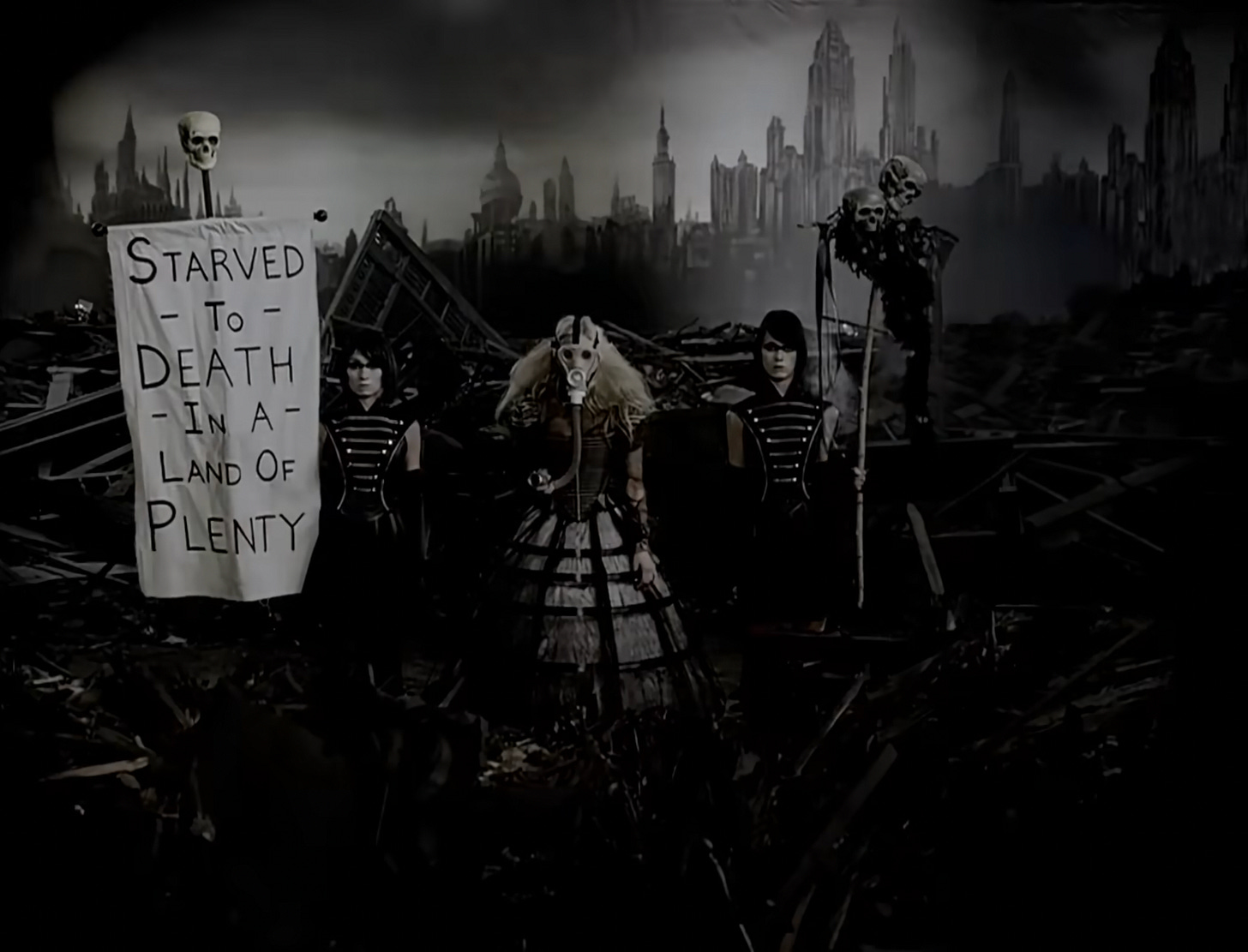
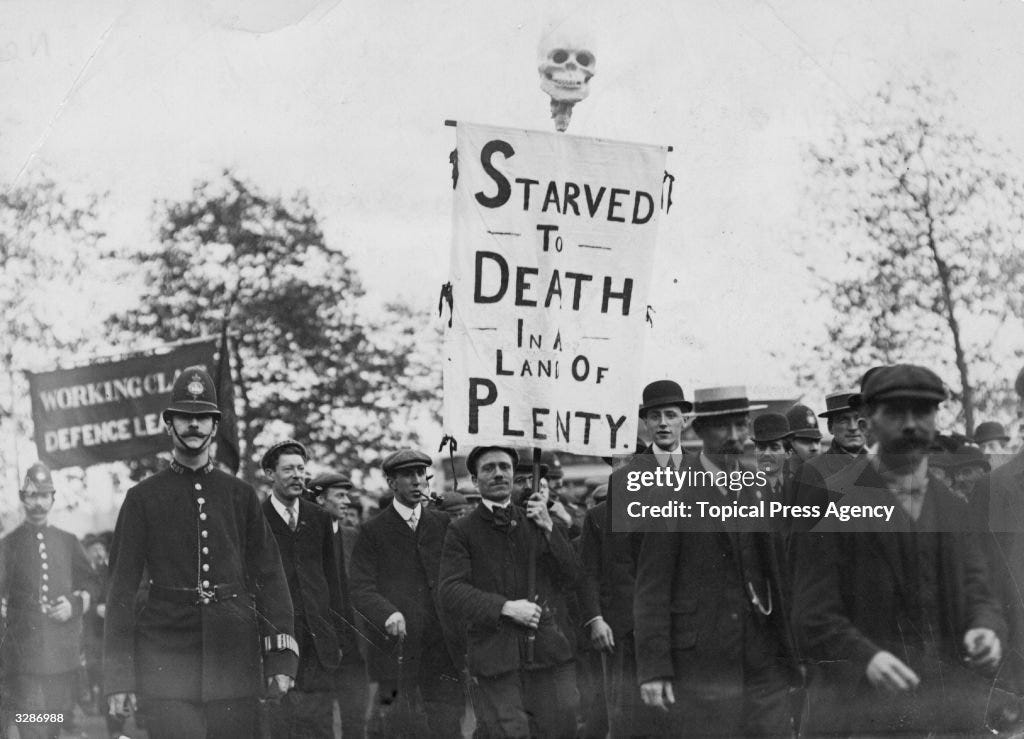

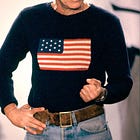
the last paragraph is the perfect accompaniment to my personal association with military outerwear: enjolras' red vest in "les miserables"!
This was such a good read!! The designer Keburia is also a huge fan of the military-style jacket